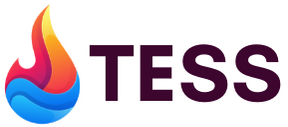Designing The Future:
Electro-, Photo- And Thermo-Chemical Water Splitting
Within the framework of the COST activity #18234 we would like to invite you to the conference “Designing the Future: Electro-. Photo-, and Thermochemical water splitting”, which will take place on 20 – 22 February 2023, in the heart of Europe, in the beautiful city of Brussels.
This conference is seeking to bring together professionals with theoretical, experimental, and practical expertise in the subject areas of:
- Atomic-scale modelling of materials for water splitting
- Materials for photochemical and electrochemical water splitting
- Thermochemical water splitting cycles
- Thermochemical energy storage with water splitting
- Macroscopic modelling
The conference will consist of:
- 2 days of presentations and posters in the framework of electro-, photo- and thermochemical water splitting
- 1 day dedicated to Modelling and Machine Learning (Reactive Force Fields, Density Functional Theory Tight Binding, Neural Networks, Evolutionary Algorithms, SISSO, Machine Learning Potentials, etc.)
The event will be organized in person to promote the progress in the field, exchange ideas, establish new academic links and collaborations.
A proposal for a dedicated peer-reviewed issue of Catalysis Today is ongoing.
We encourage the presentation of new/original research which could be published in this special issue. We look forward to hosting you at this event – free of charge – and to learn from your contribution (oral or poster).
Confirmed:
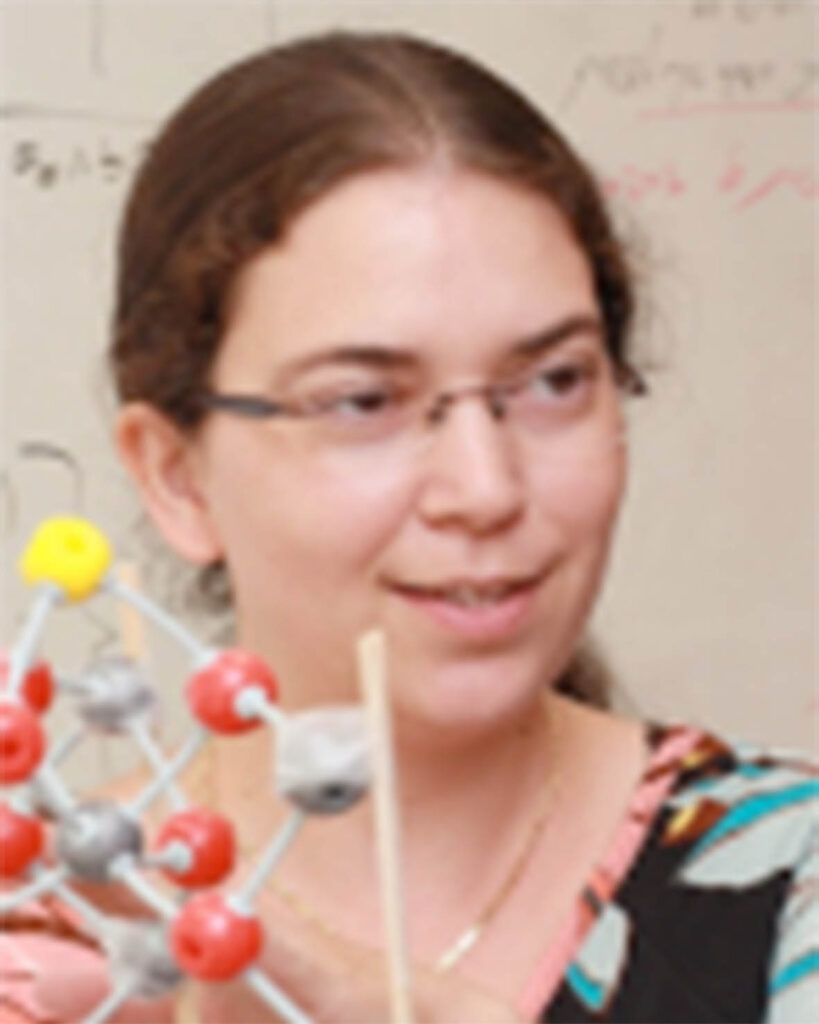
Maytal Caspary Toroker
Technion – Israel Institute of Technology, Israel
Presentation title: TBA
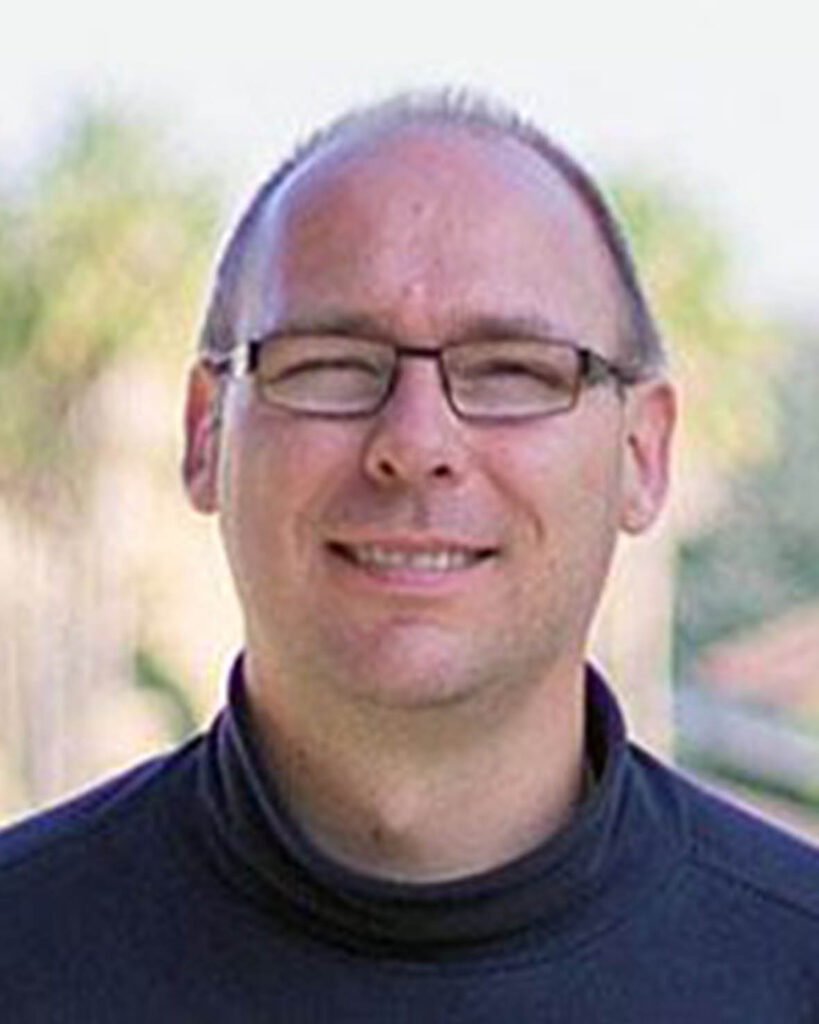
Thomas Bligaard
Technical University of Denmark, Denmark
Accelerating catalysis simulations with surrogate machine learning models
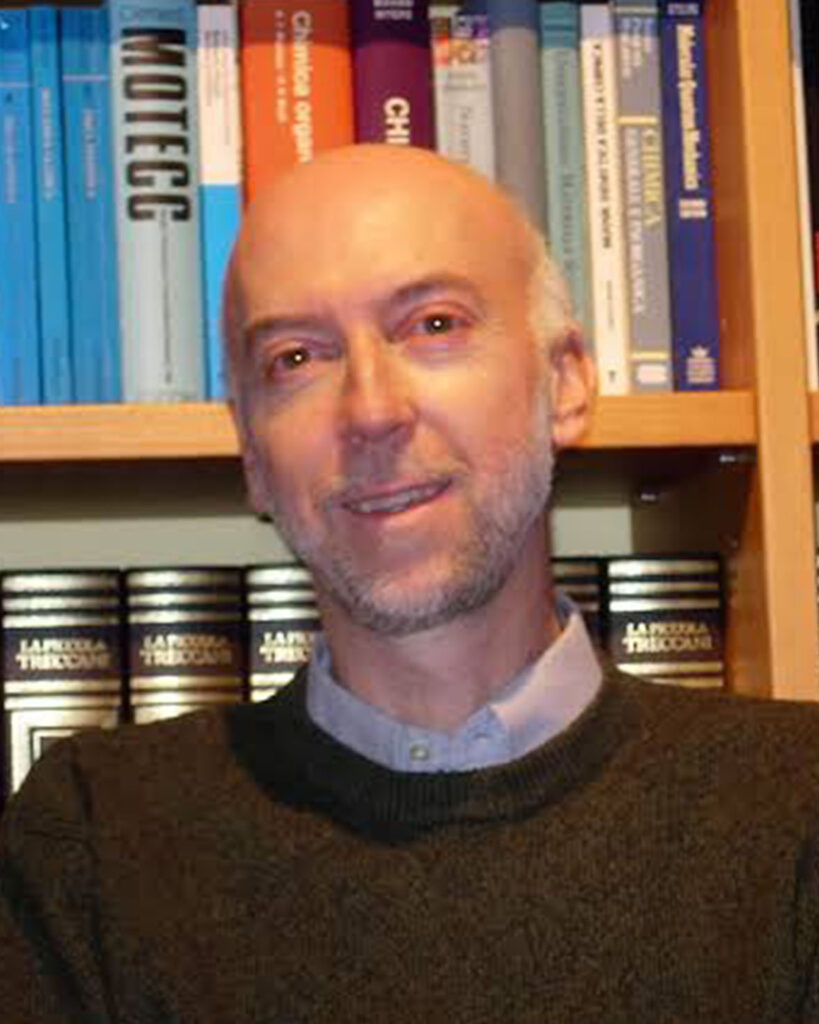
Gianfranco Pacchioni
University of Milano Bicocca, Italy
DFT modelling of electrocatalysis by single-atoms: handle with care
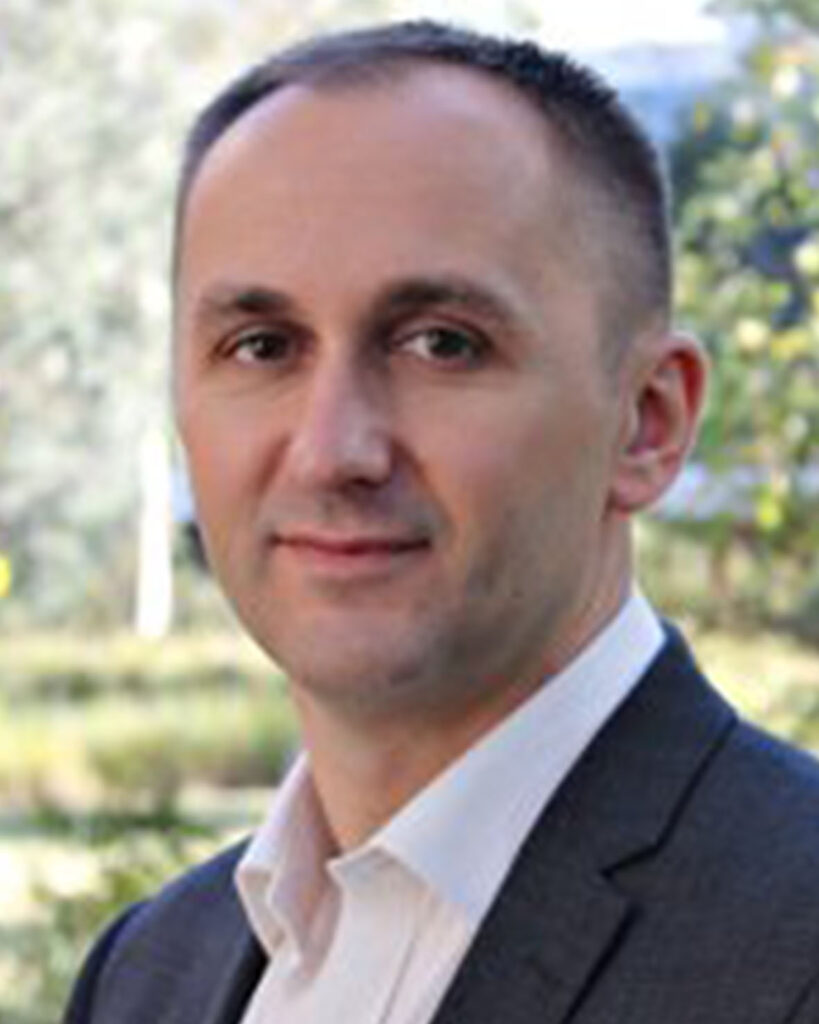
Wojciech Lipiński
Independent, Australia
Mixed metal oxides for enhanced solar fuel production via
thermochemical redox cycling

Kai Exner
University Duisburg-Essen, Germany
Theoretical Description of Energy Storage and Conversion Processes
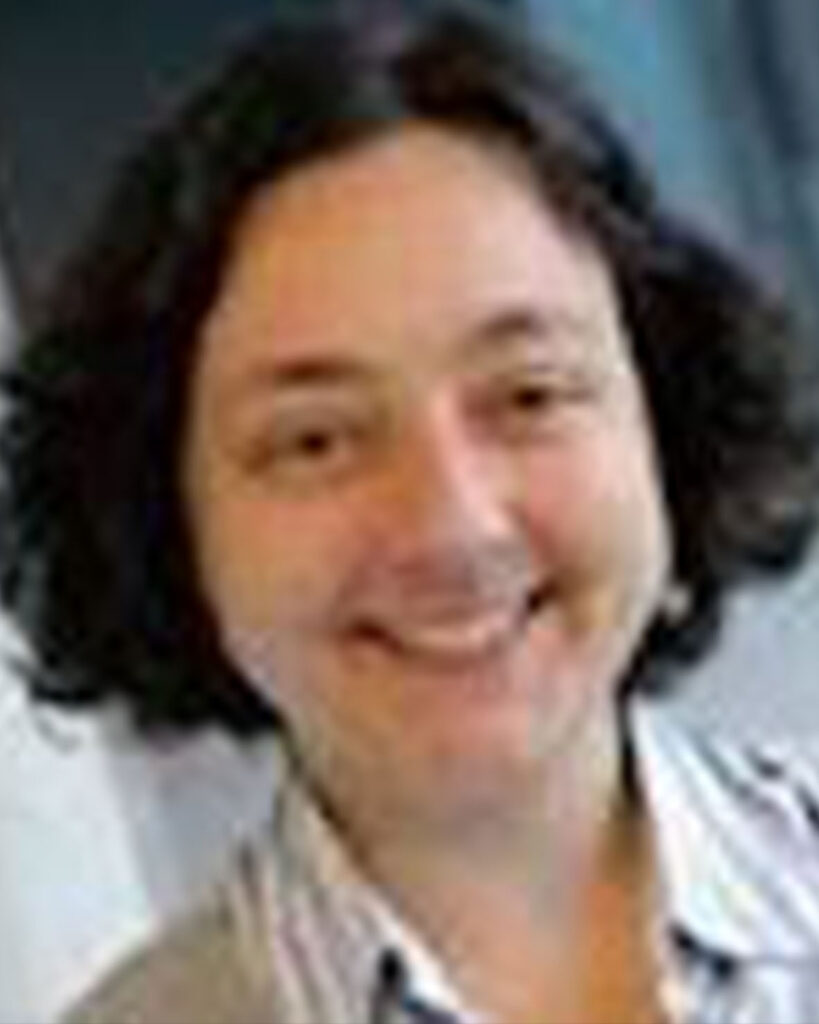
Monica Calatayud
University Pierre and Marie Curie, France
Hydrogen and TiO2: surface or subsurface

Toon Verstraelen
Gent University, Belgium
Physical constraints on polarization and charge transport in machine-learning potentials.
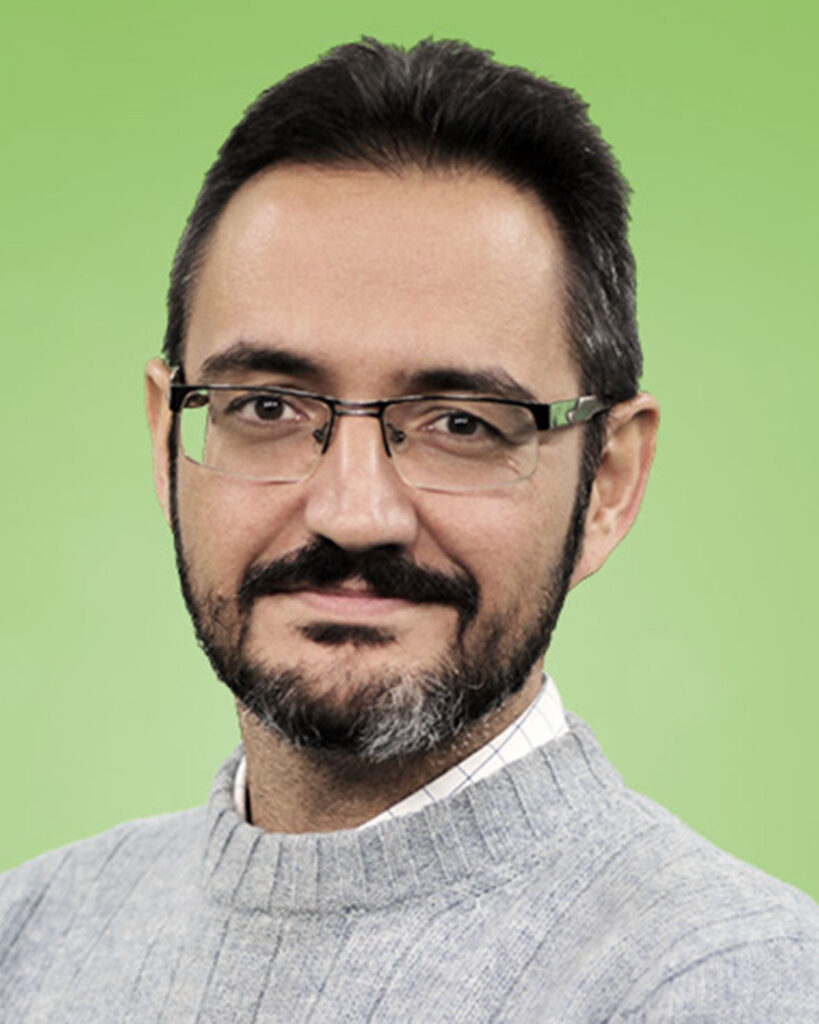
Raúl Molina
King Juan Carlos University, Spain
Macroscopic structures of non-stoichiometric mixed oxides for hydrogen production by low temperature thermochemical water splitting
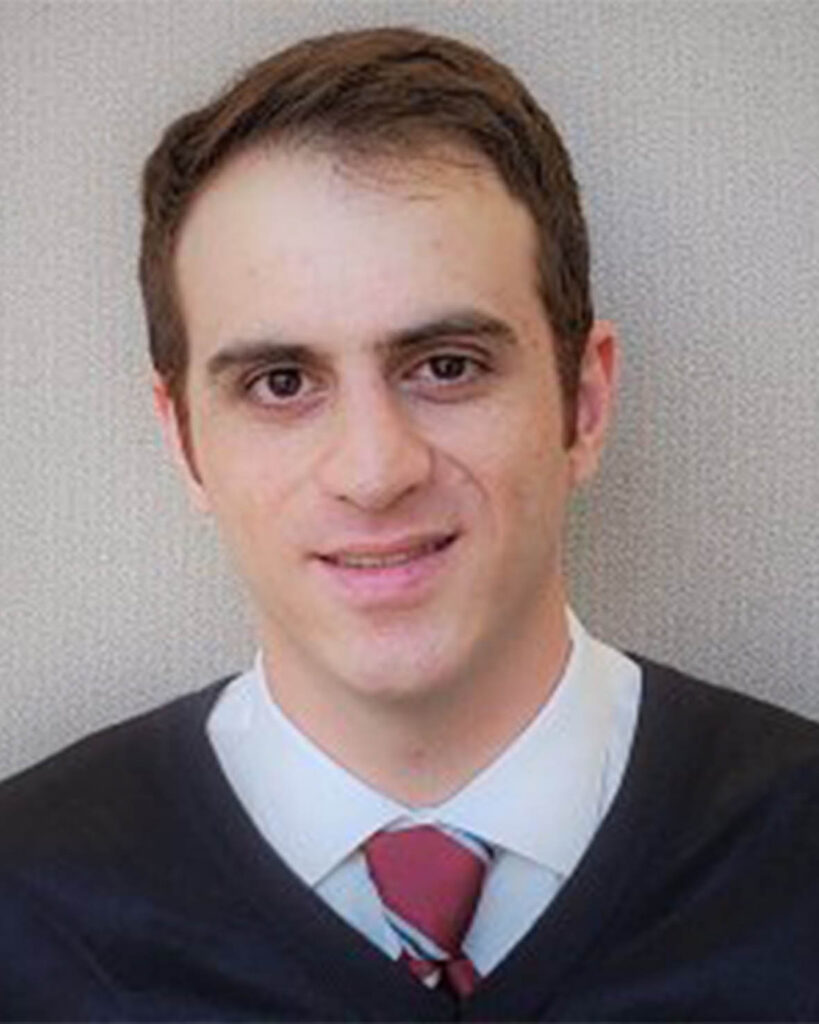
Farid Safari
Oxford Institute for Energy Studies, Canada
Presentation title: TBA
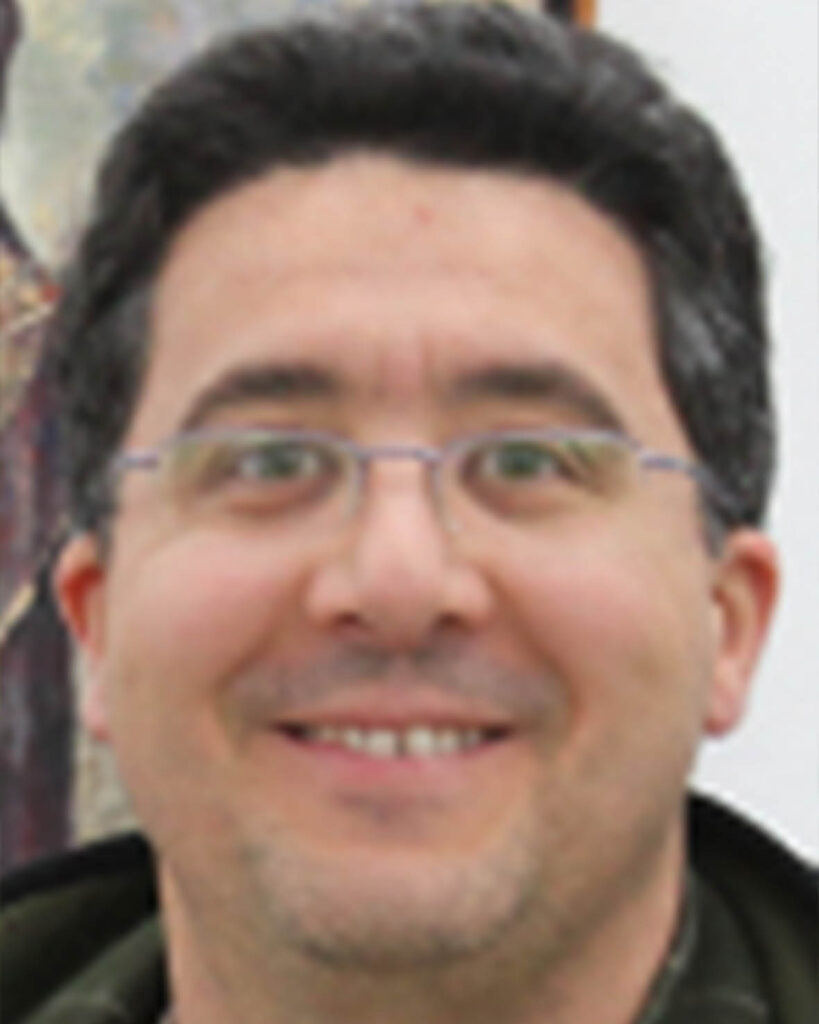
Jose Gomes
University of Aveiro, Portugal
Chemical reactions at the surface of MXenes
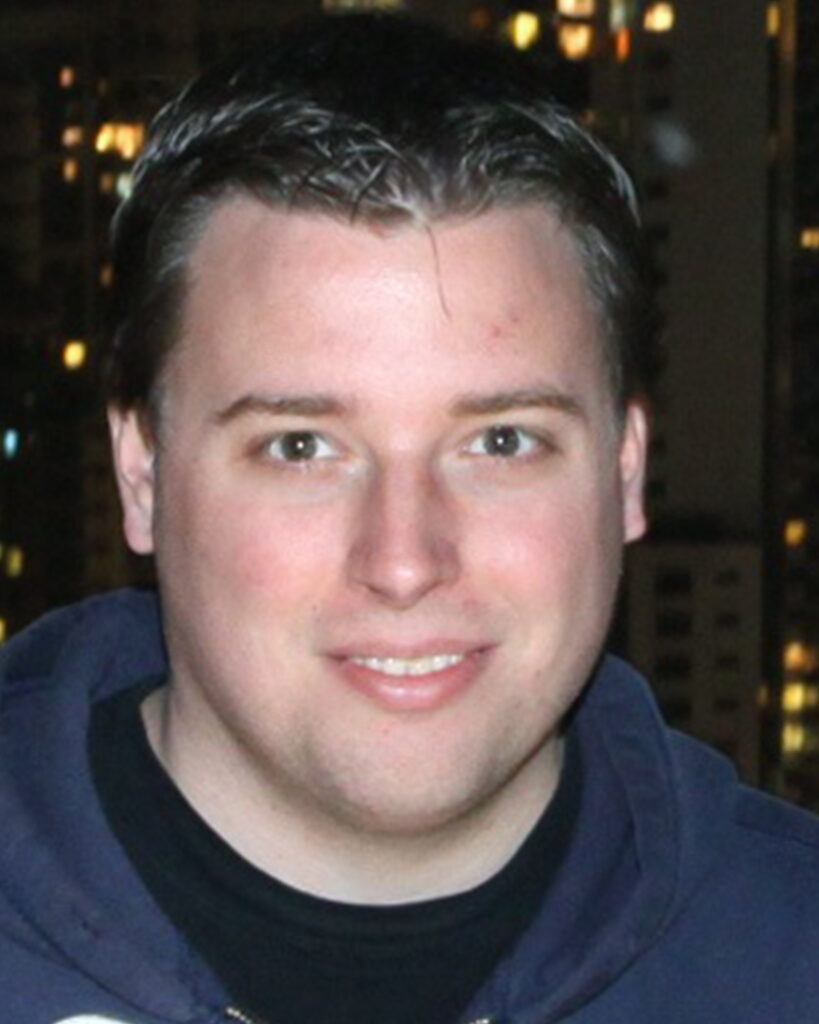
Matthijs van Berkel
DIFFER – Dutch Institute For Fundamental Energy Research, The Netherlands
Microkinetic modeling from a systems and control perspective
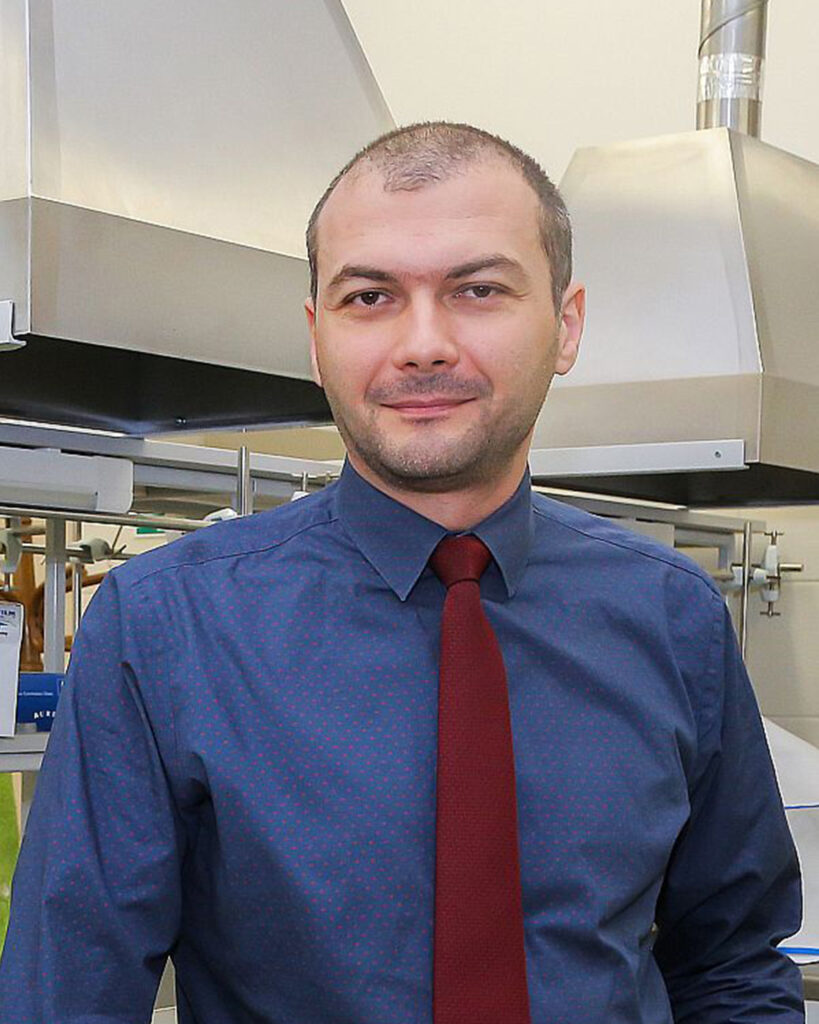
Bartłomiej Szyja
Wrocław University of Science and Technology, Poland
Active sites and mechanism of water splitting on mixed oxidesfrom DFT level MD simulations
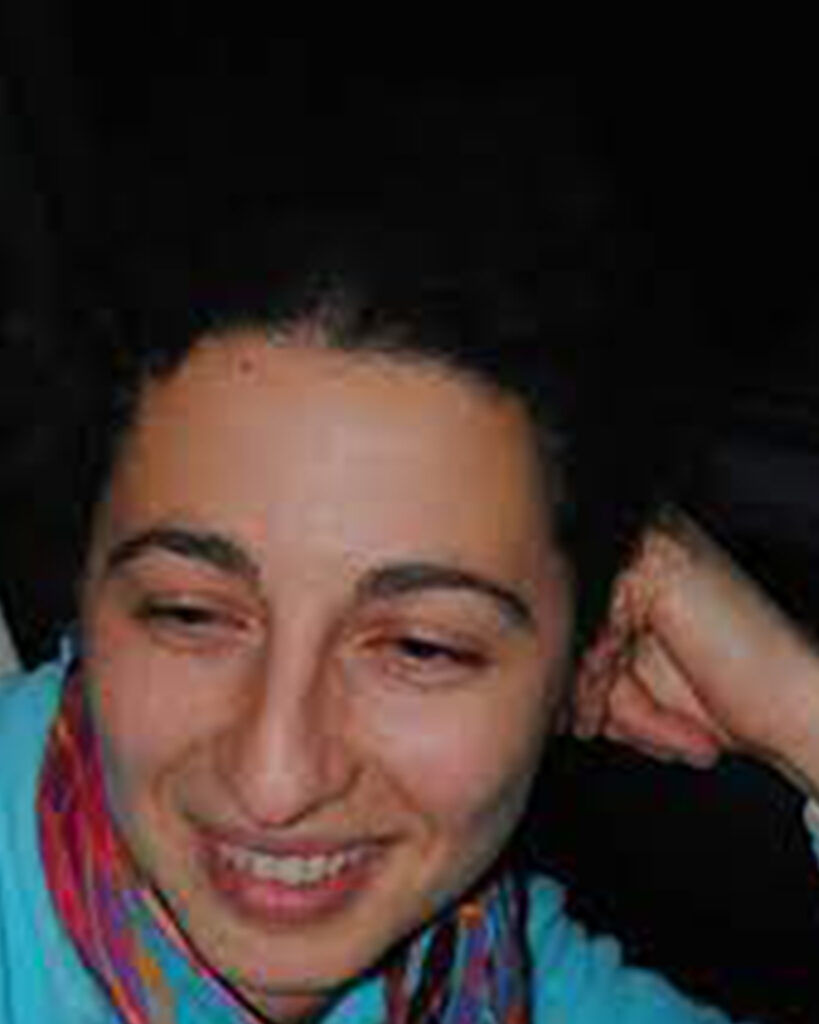
Isabela Man
Center of Organic Chemistry “C.D. Nenitescu”, Romania
Effect of surface protonation of TiO2 (101)/(100) anatase surfaces on water splitting overpotentials
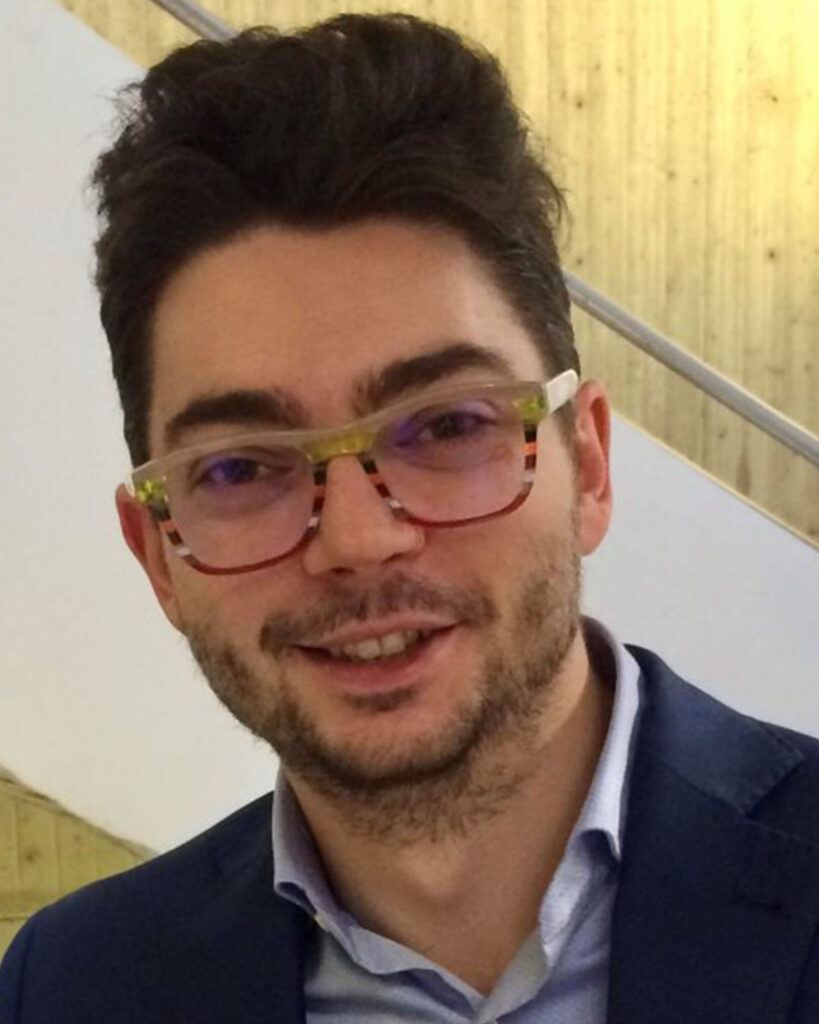
Giovanni Di Liberto
University of Milan Bicocca, Italy
Role of Superoxo and Peroxo Complexes in the Oxygen Evolution Reaction on Single-Atom Catalysts
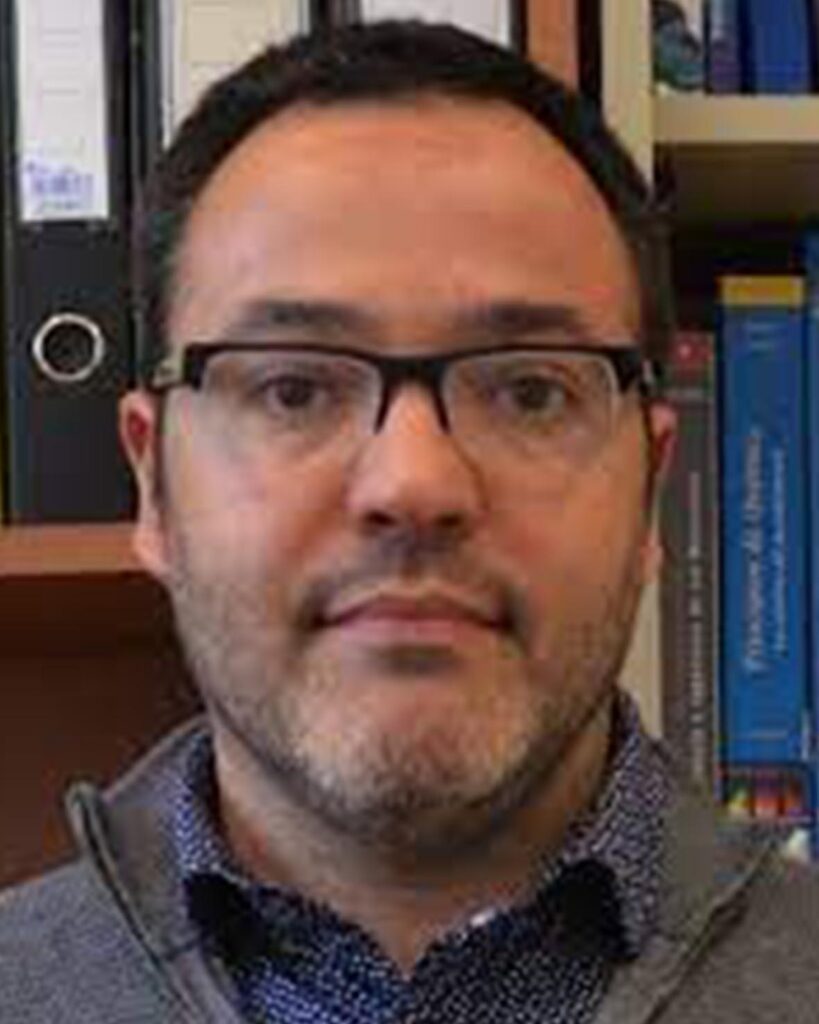
Xavier Solans Monfort
Autonomous University of Barcelona, Spain
Supported Ru and RuO2@Ru nanoparticles for electrocatalytic hydrogen evolution: structural and electronic effects on their catalytic activity
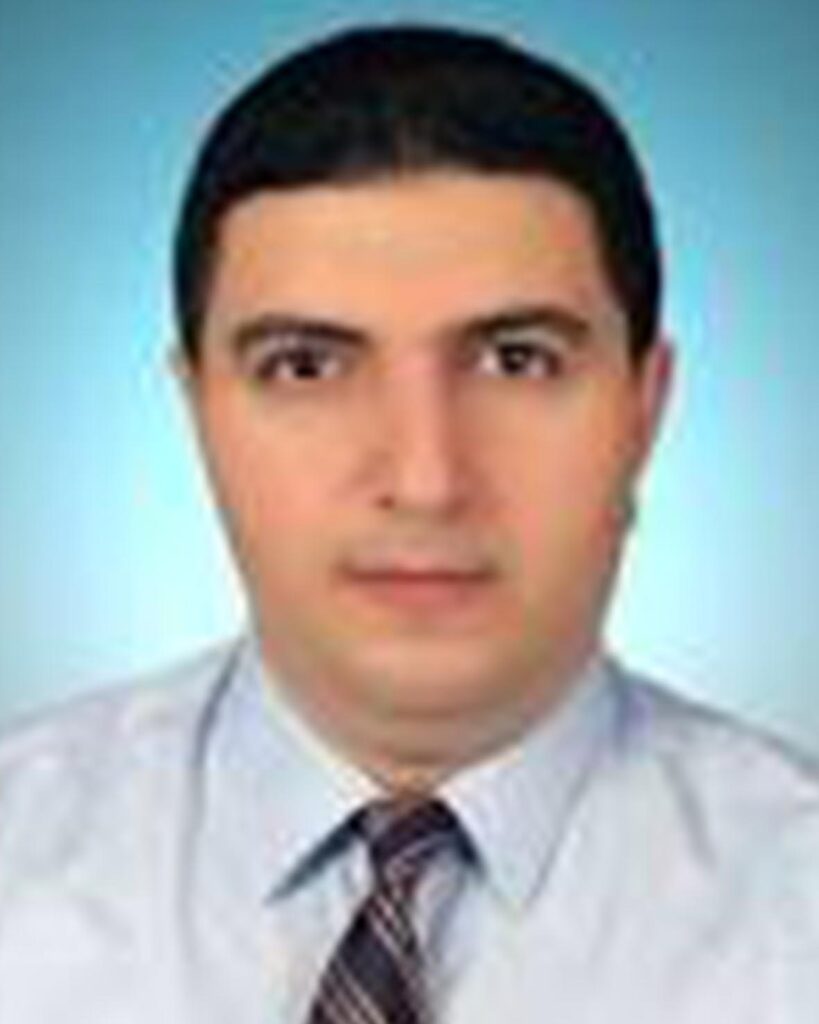
Uğur Bozkaya
Hacettepe University, Turkey
Molecular Fragmentation Approaches for Electron Correlation Methods
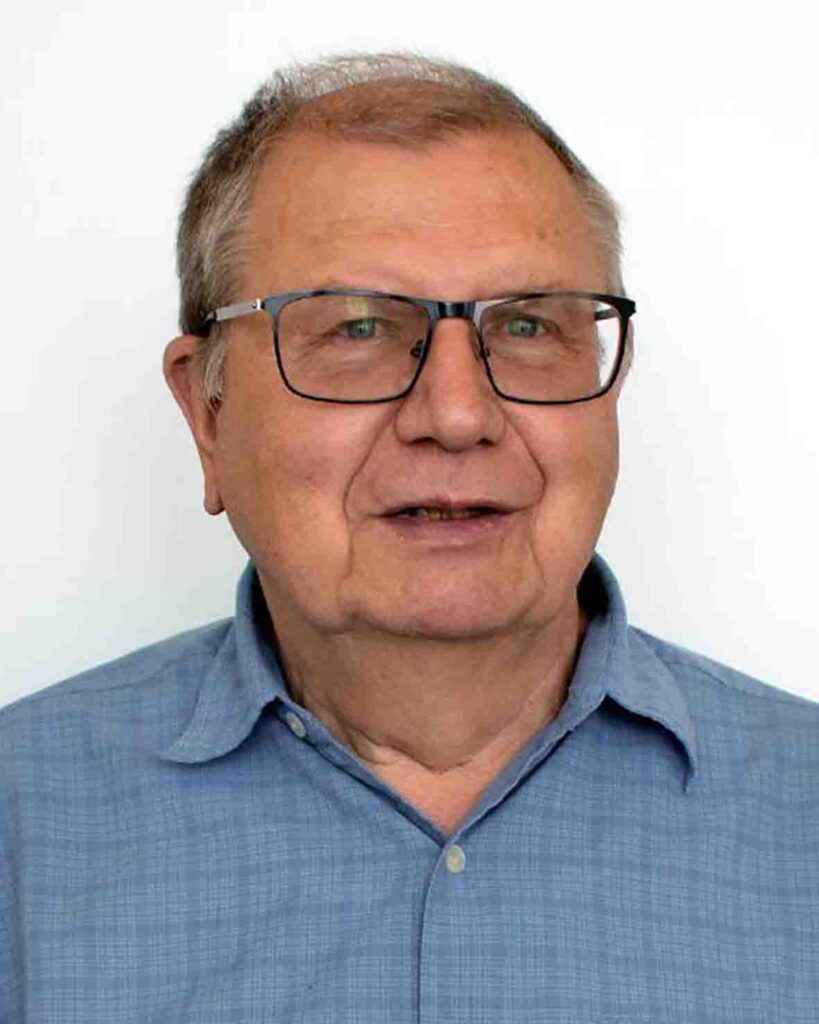
Stanislav Záliš
J. Heyrovsky Institute of Physical Chemistry, Czech Republic
Modelling of excited-state dynamics of Re photo-sensitizer
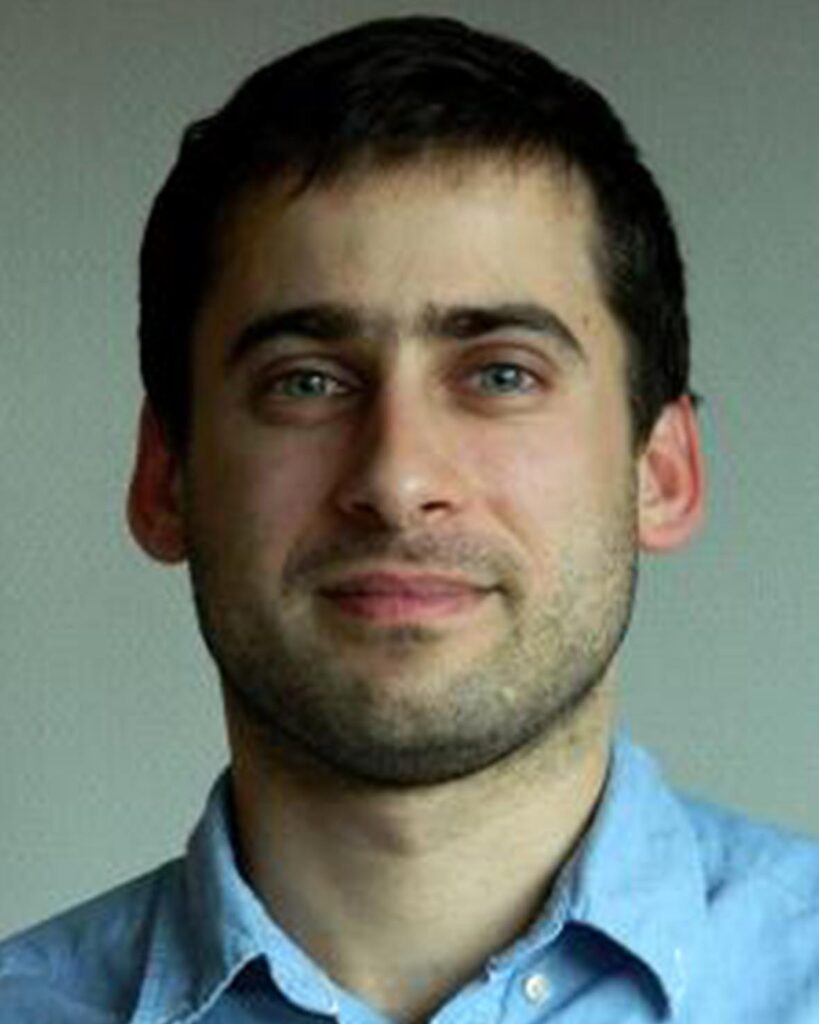
Peter Vancso
Institute of Technical Physics and Materials Science, Hungary
Quasi-flat Pt nanoclusters on MoS2 for efficient hydrogen evolution
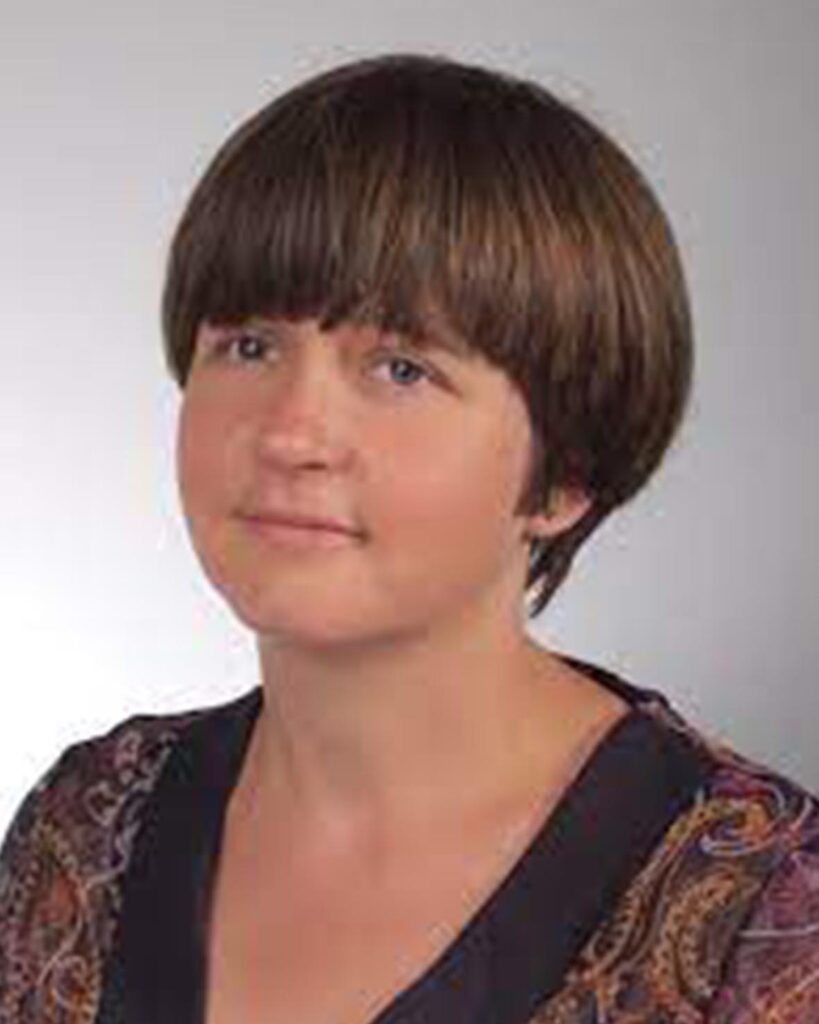
Dorota Rutkowska-Zbik
Jerzy Haber Institute of Catalysis and Surface Chemistry,Poland
DFT Studies of Vanadium-based systems for electro- and photochemistry
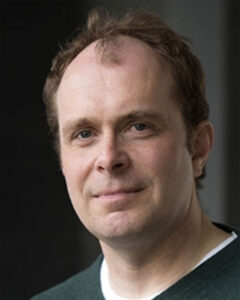
Marc Koper
Leiden University, The Netherlands
Mechanisms of electrochemical hydrogen evolution
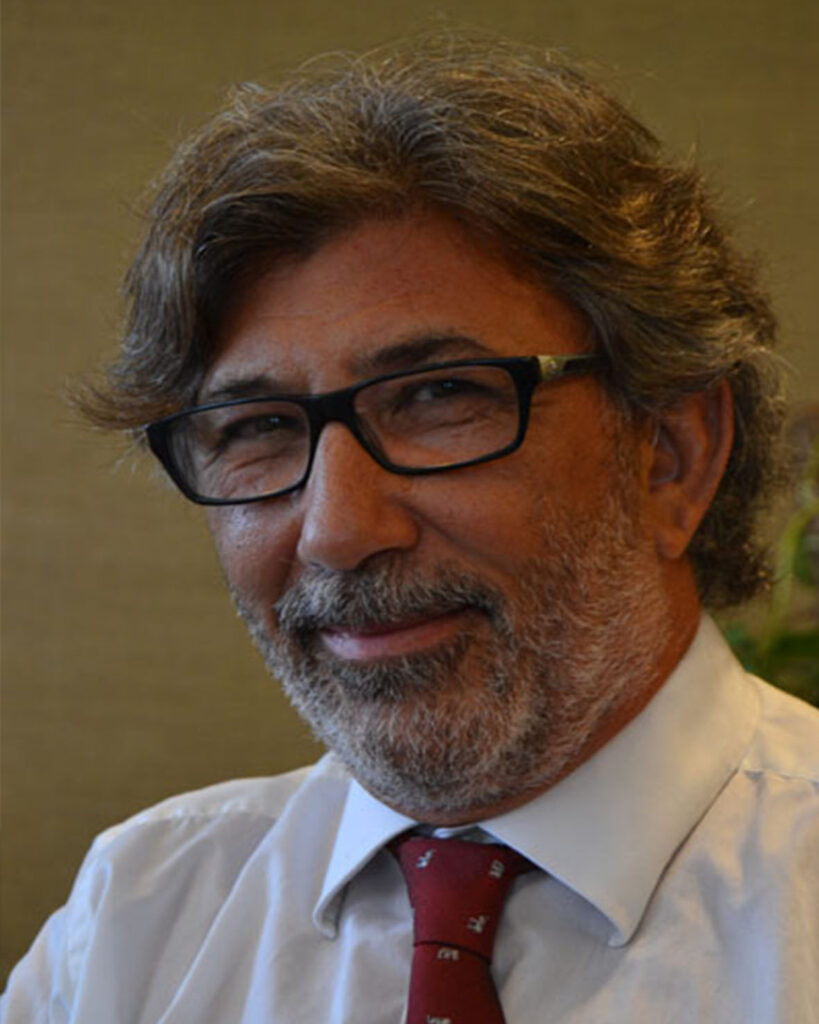
Francesc Illas
University of Barcelona, Spain
Modeling and understanding hydroxylation of TiO2 nanoparticles: One more step towards approaching realistic systems
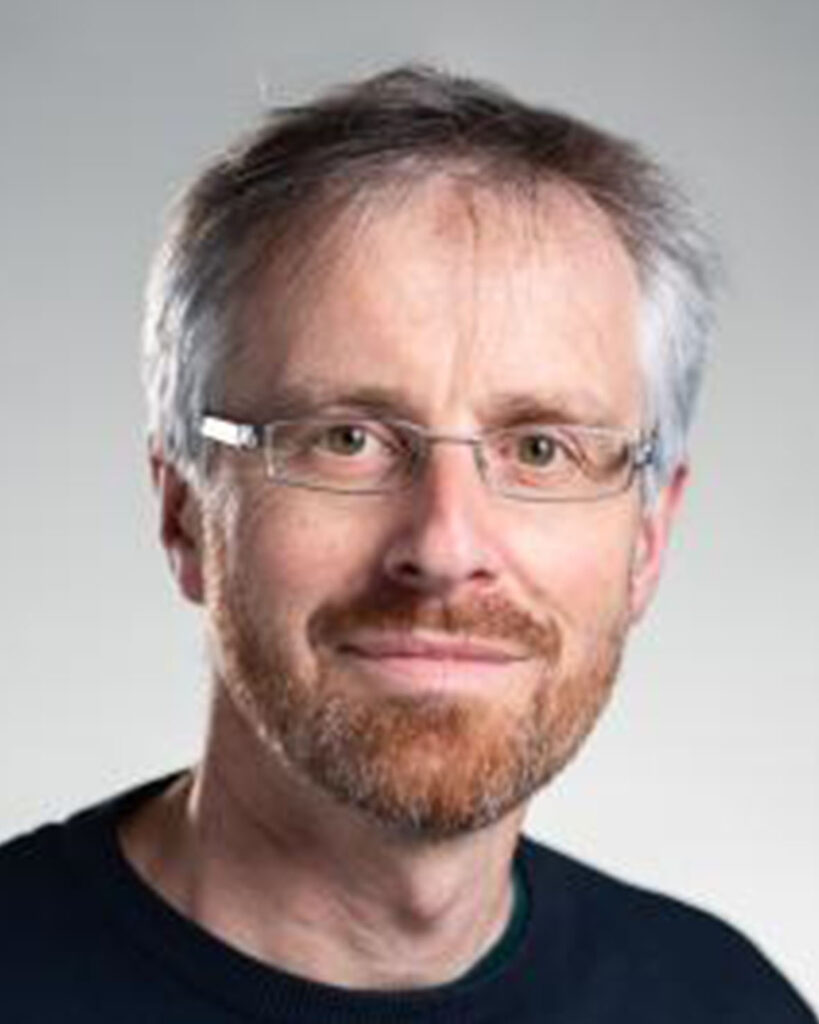
Martin Roeb
German Aerospace Center, Germany
Status and Trends in Solar Thermochemical Fuel Generation
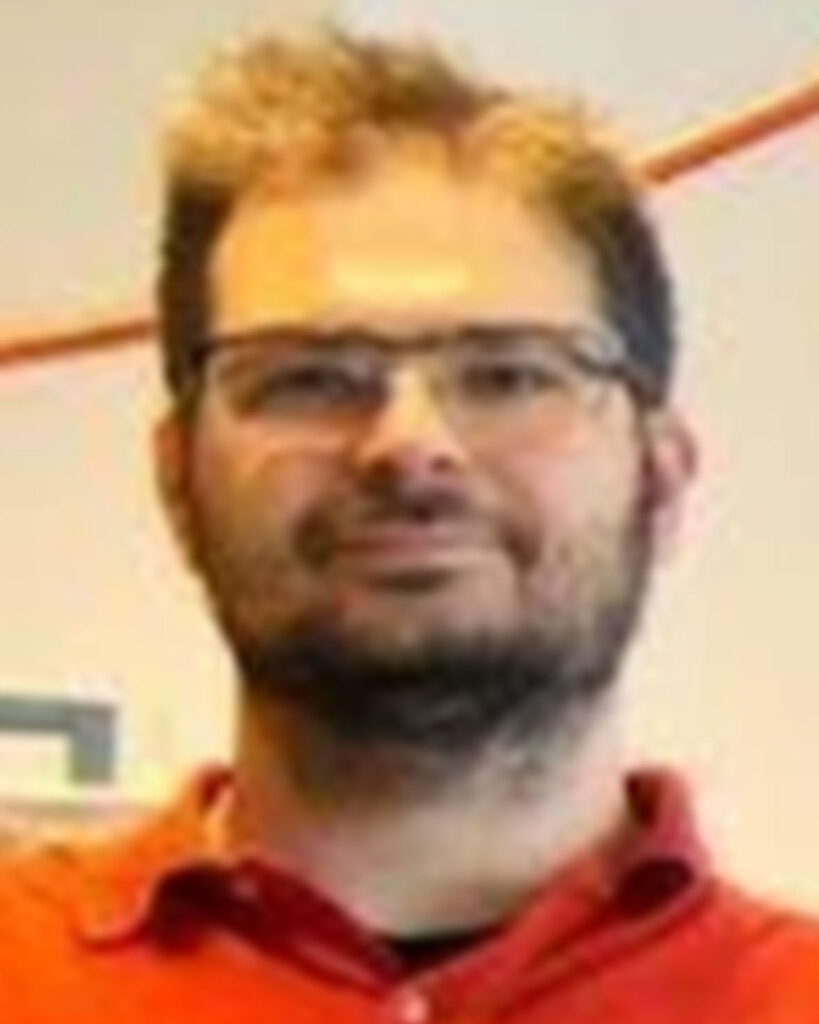
Florian Libisch
Vienna University of Technology, Austria
Machine learning for ab-initio defect parametrization
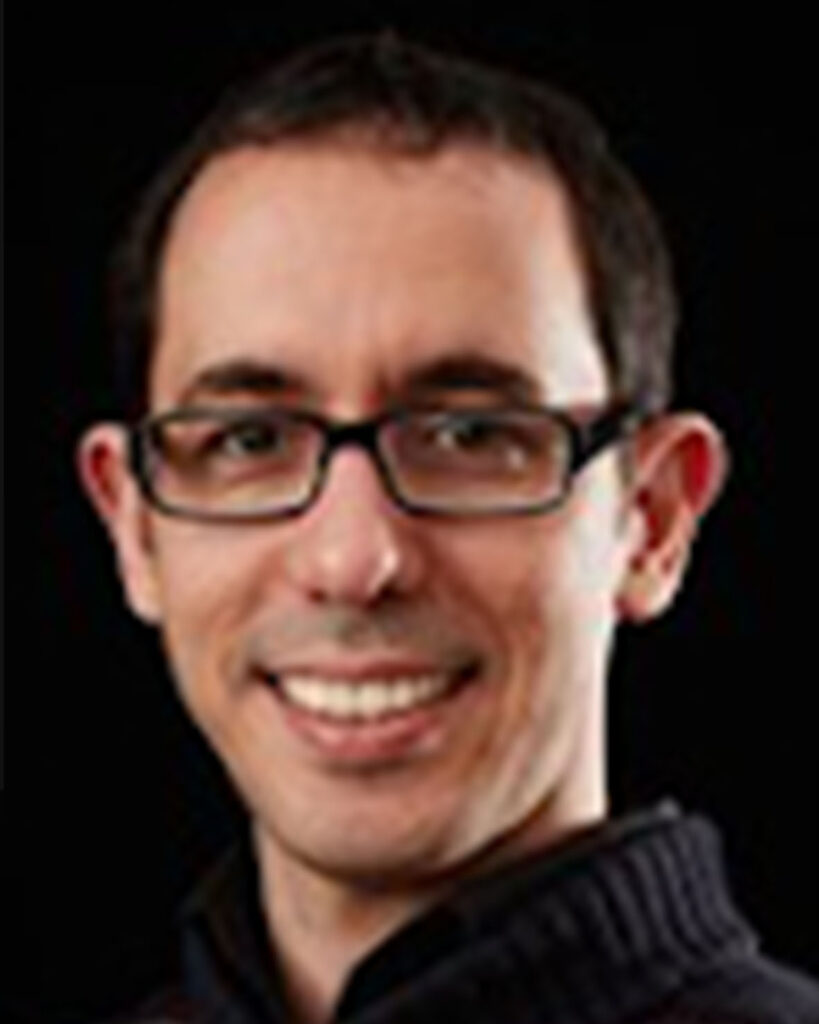
Ricardo Grau-Crespo
University of Reading, United Kingdom
Spinel oxides for photocatalysis: DFT modelling and experimental characterization
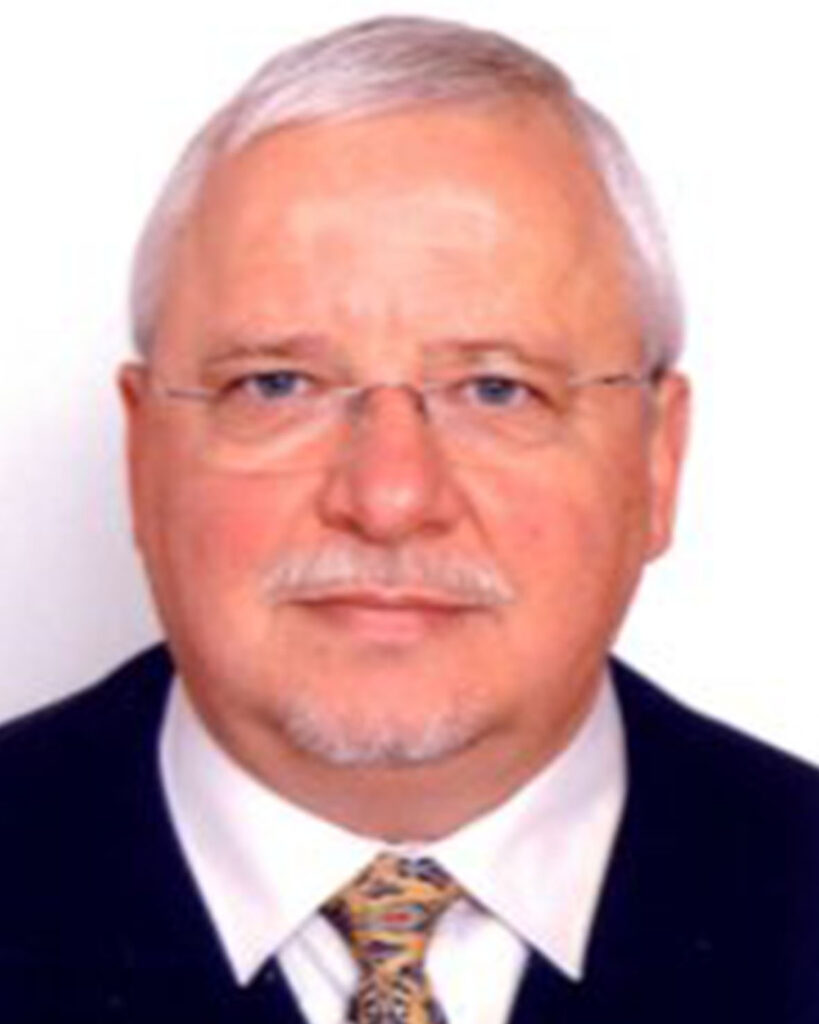
Konstantin Neyman
University of Barcelona, Spain
Surprising oxidation of platinum in subnano-state: Insights from catalytic experiments and DFT modelling
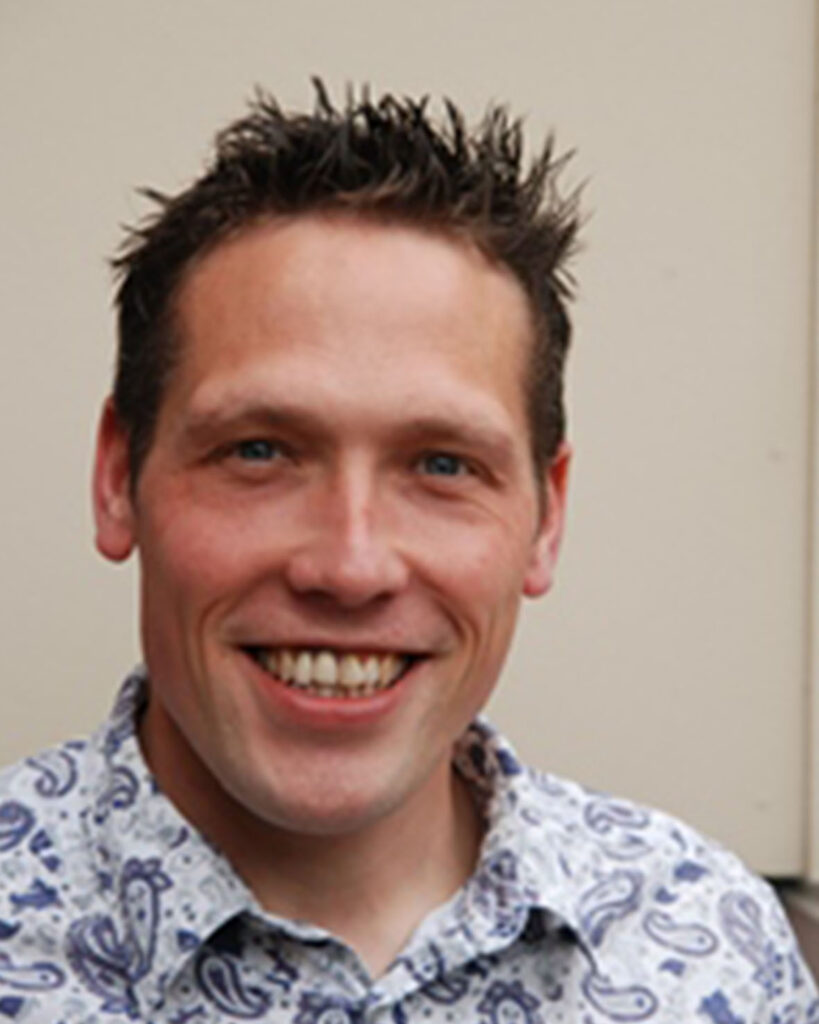
Fedor Goumans
SCM – Software for Chemistry and Materials, The Netherlands
Parametrizing DFTB, ReaxFF, and machine learned potentials with ParAMS
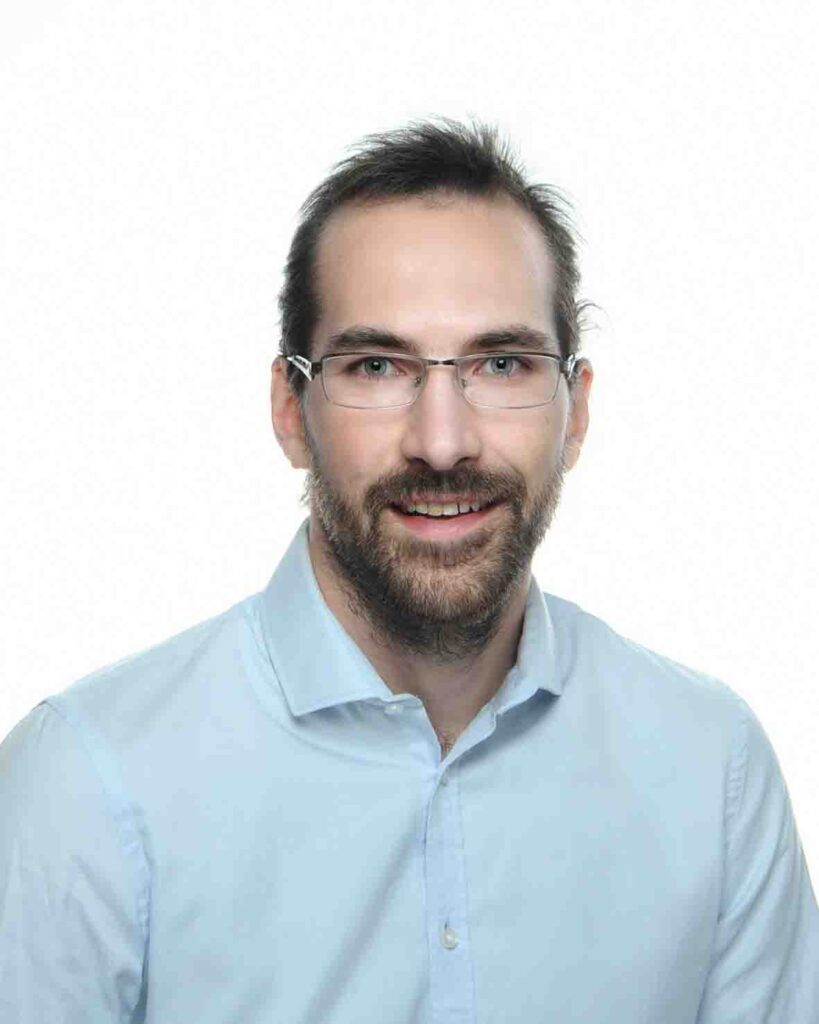
Remo Schäppi
ETH Zürich, Switzerland
Fuel from sunlight and air – demonstration of the thermochemical pathway
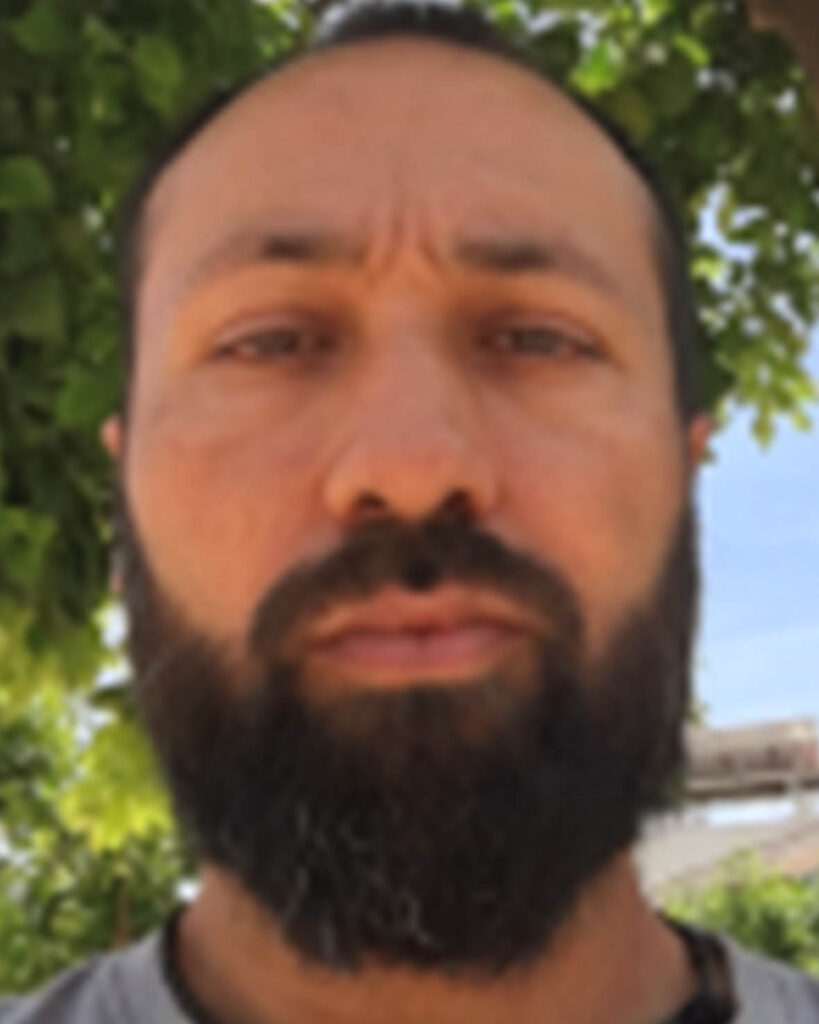
Said Hamad Gomez
Pablo de Olavide University, Spain
Tuning the properties of photocatalytic ZIFs: mixing and nucleation
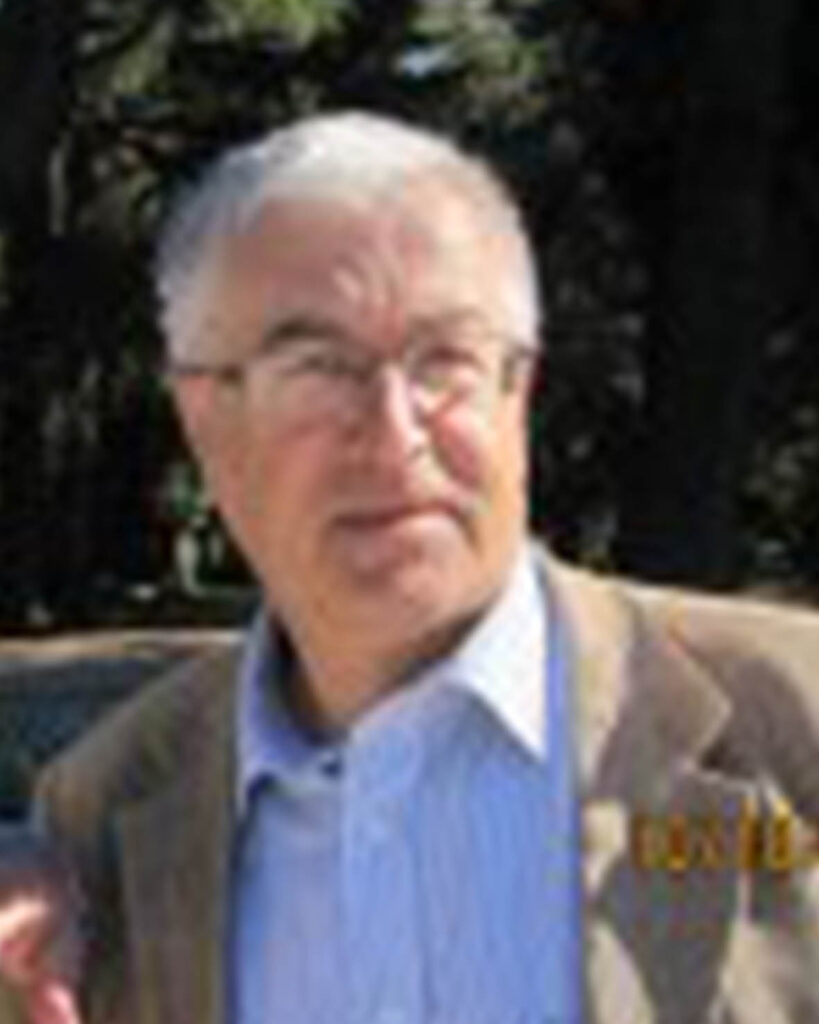
Eugene Kotomin
University of Latvia, Latvia
The perovskite band engineering for photostimulated water splitting
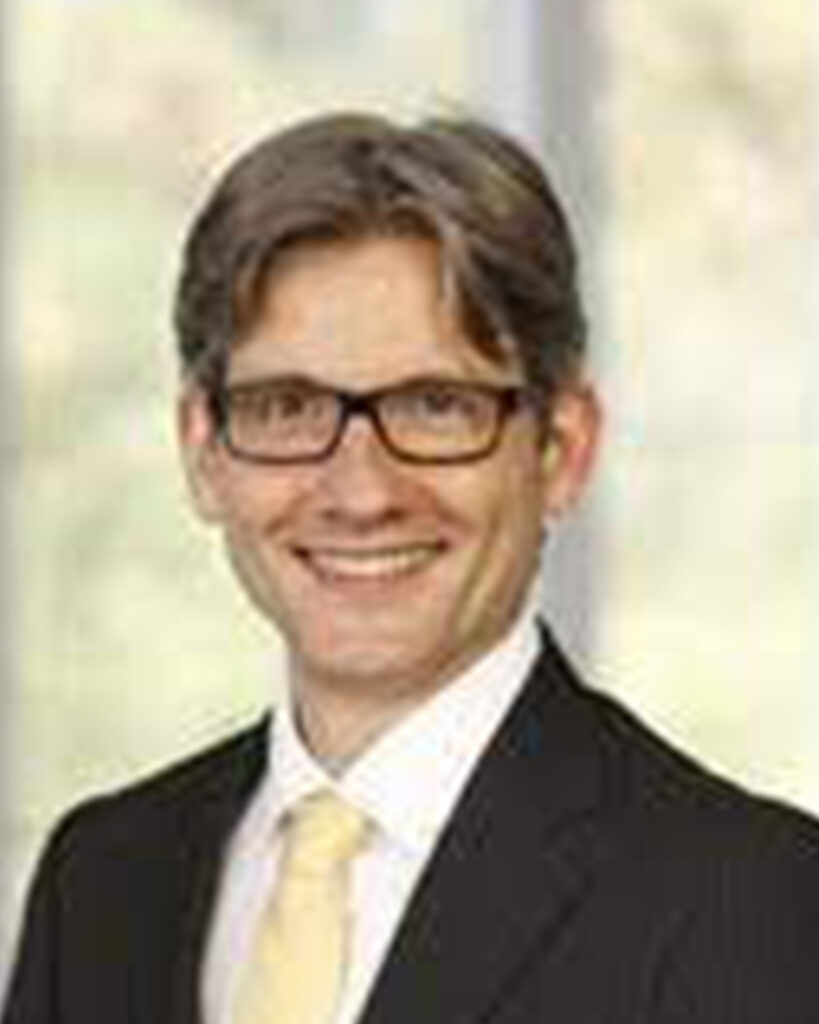
Leonhard Mayrhofer
Fraunhofer Institute, Germany
DFT investigations of interfacial contact charge separation
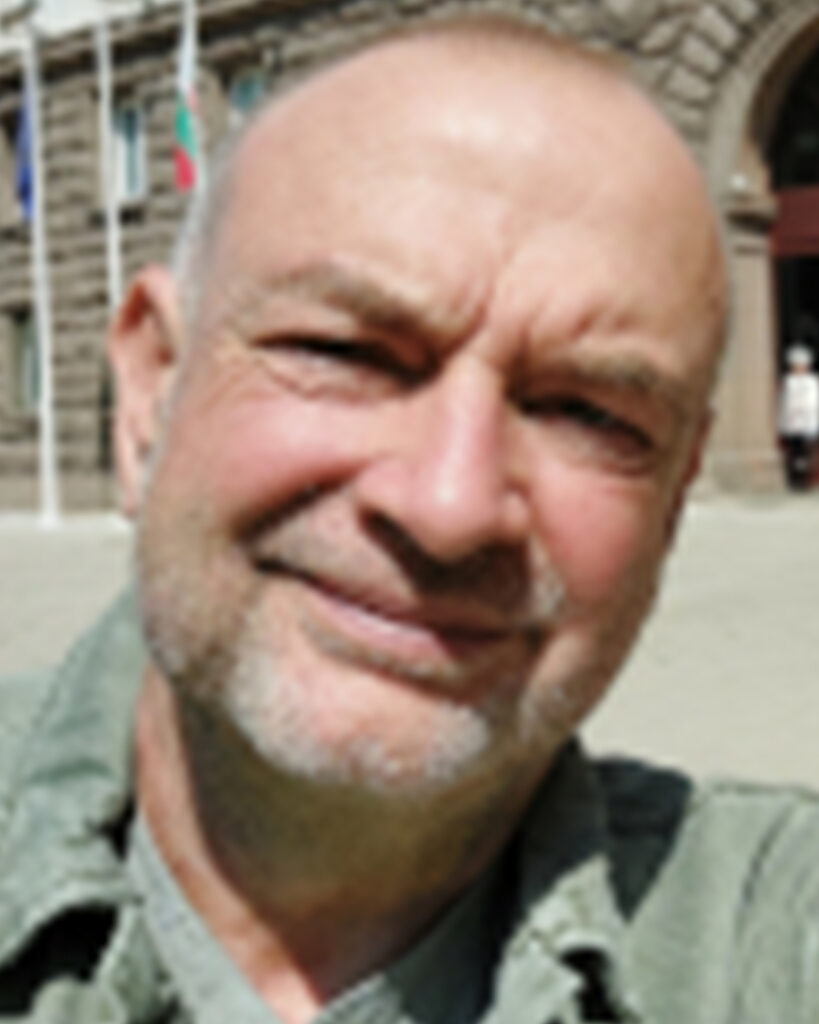
Vesselin Tonchev
Sofia University, Bulgaria
Studying crystallization between 2 and 3D: Cellular Automata vs. analytical model
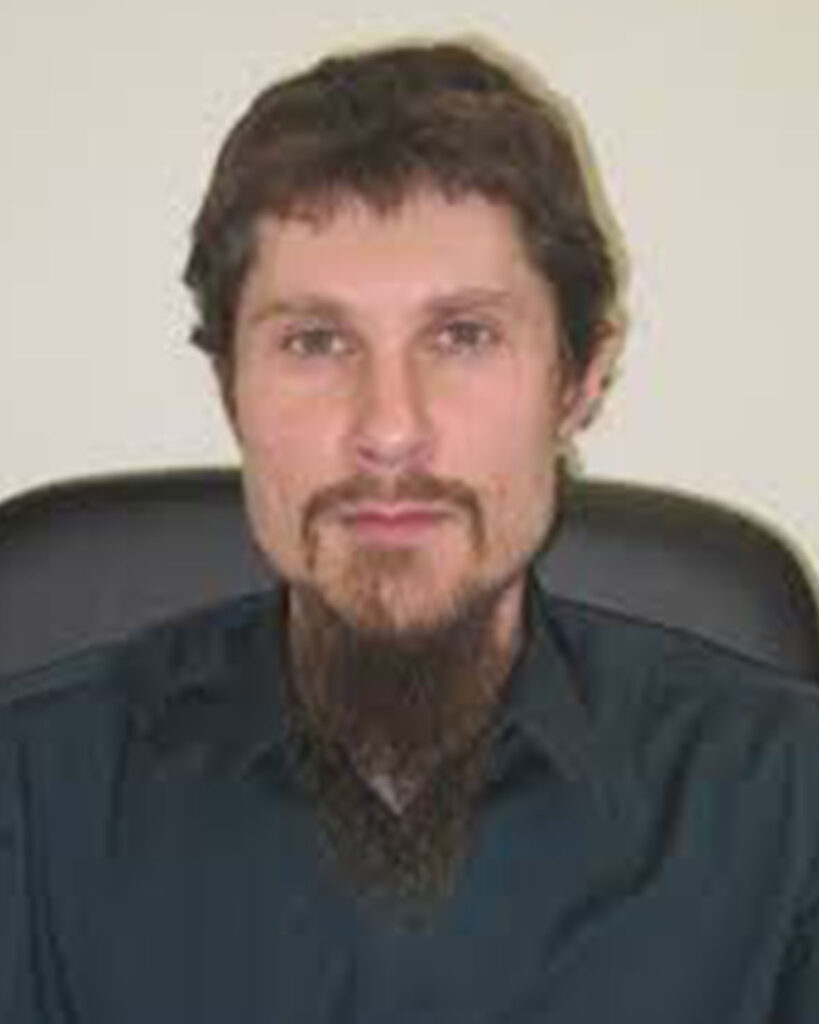
Yuri Mastrikov
University of Latvia, Latvia
Water splitting on stepped STO surface
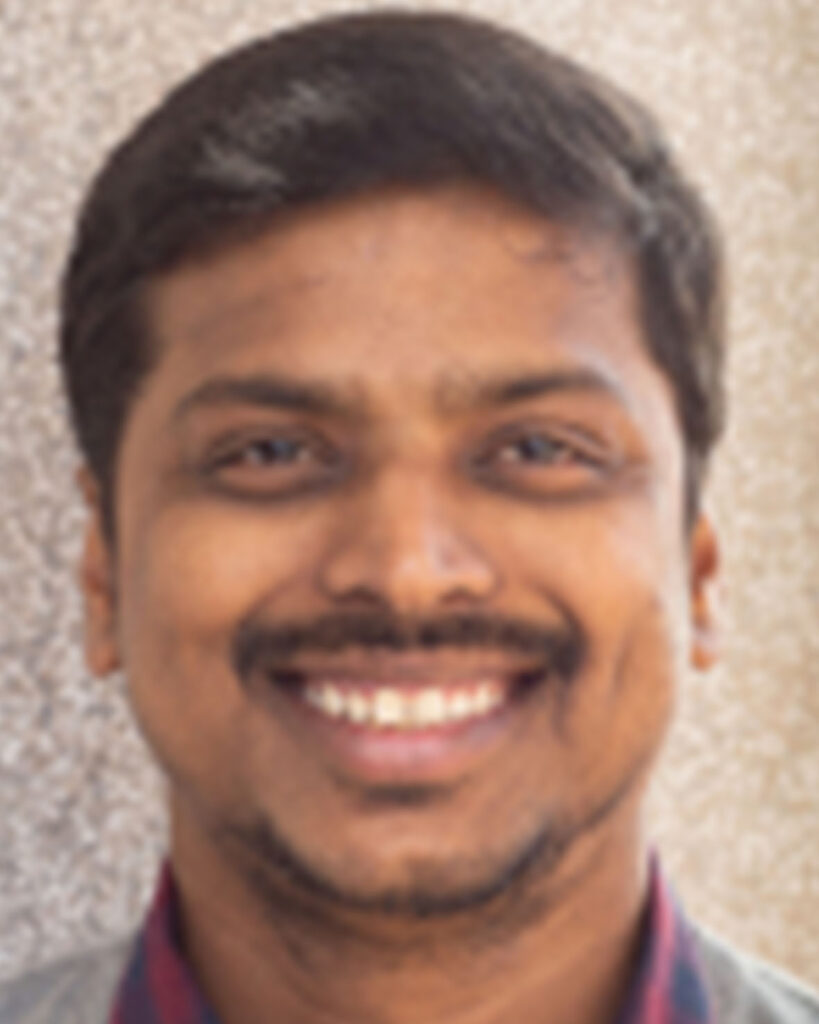
Veerapandian Ponnuchamy
Eindhoven University of Technology, The Netherlands
ReaxFF study of dehydration mechanism of surface doped salt hydrates for thermochemical heat storage
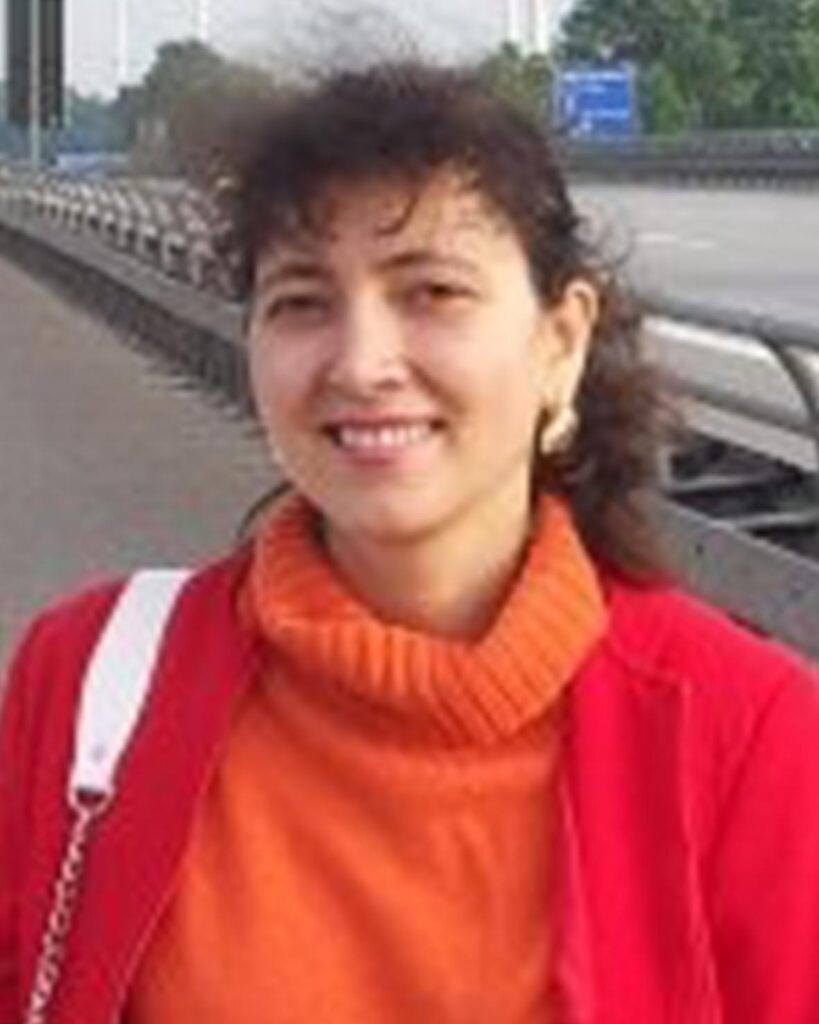
Diana Bergmann
International University of Applies Sciences, Germany
Presentation title: TBA

Sean Pachmanov-Dvir
Technion – Israel Institute of Technology, Israel
Presentation title: TBA
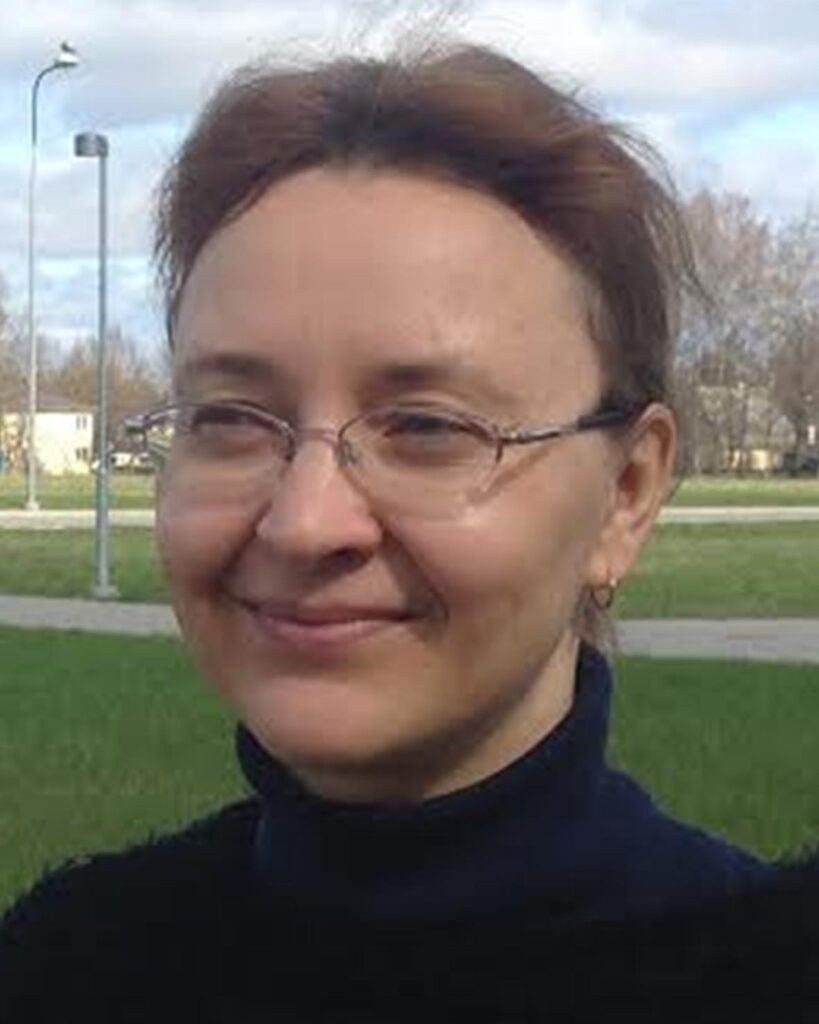
Veera Krasnenko
University of Tartu, Estonia
Ab Initio Calculations of the Raman Spectra of Thin Strontium Titanate Films
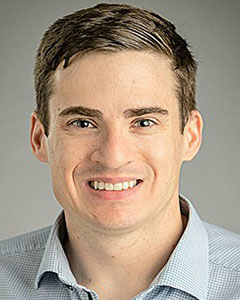
Bryan Goldsmith
University of Michigan, USA
Interpretable “transparent box” machine learning to understand materials and catalytic properties
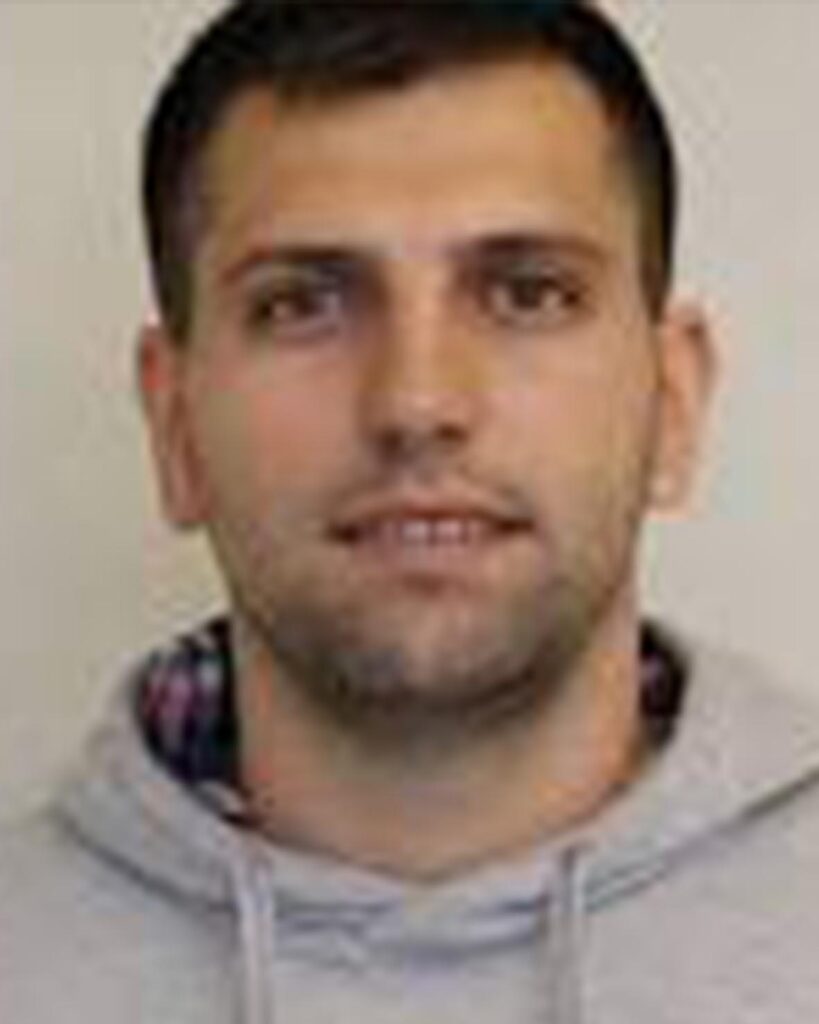
Veton Haziri
UBT College, Kosovo
A gateway for ion transport on gas bubbles pinned onto solids
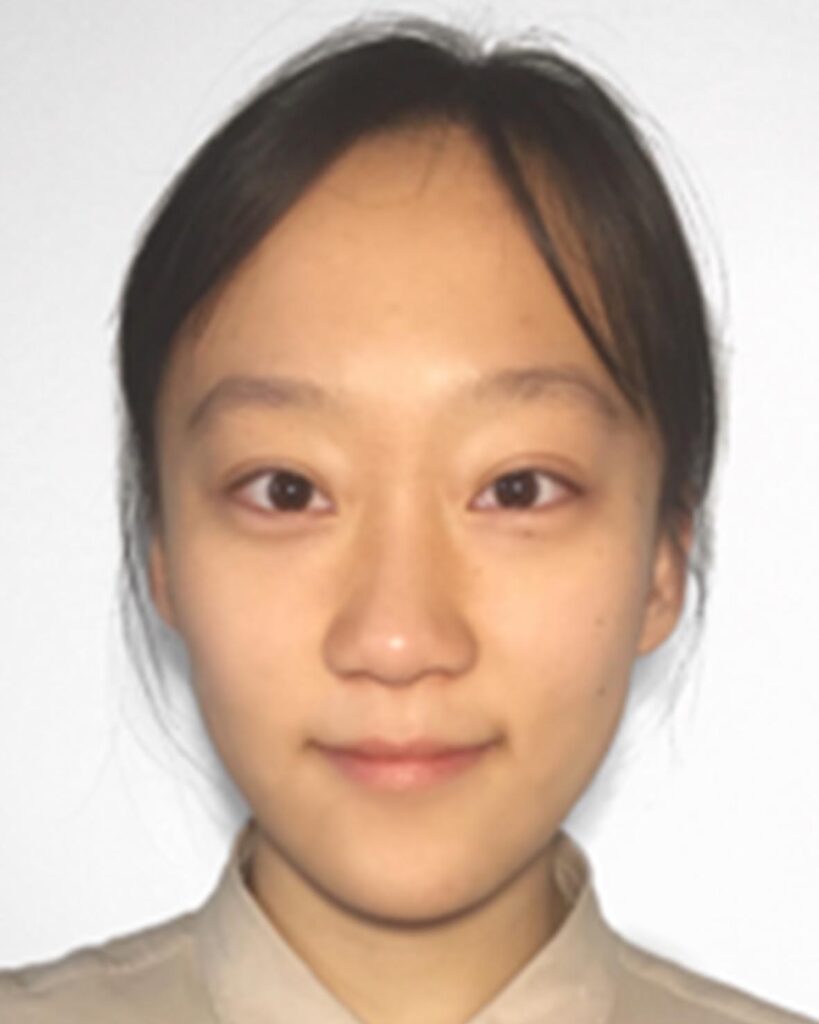
Yuheng Zhao
Vrije Universiteit Brussel, Belgium
DFT Investigation of interactions between poly(adp-ribose) and metal ions in biomineralizatio
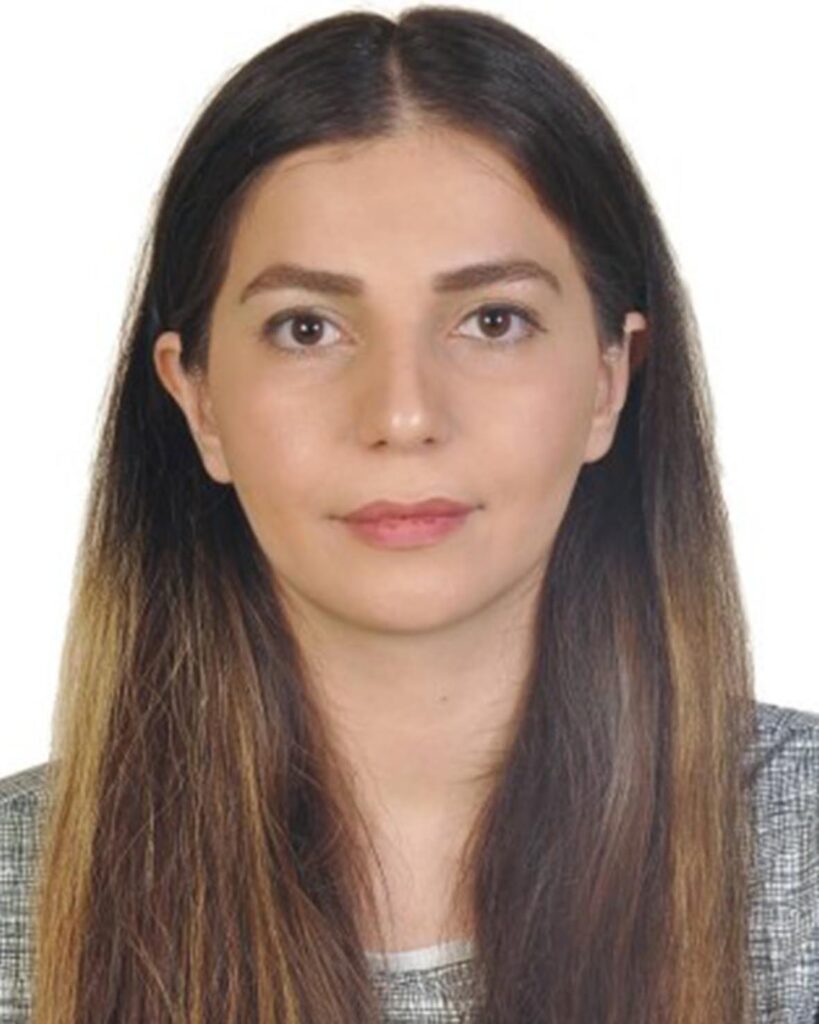
Shohreh Faridi
University Duisburg-Essen, Germany
Computational Study on MXenes as Bifunctional Catalyst for Metal-Air Batteries.
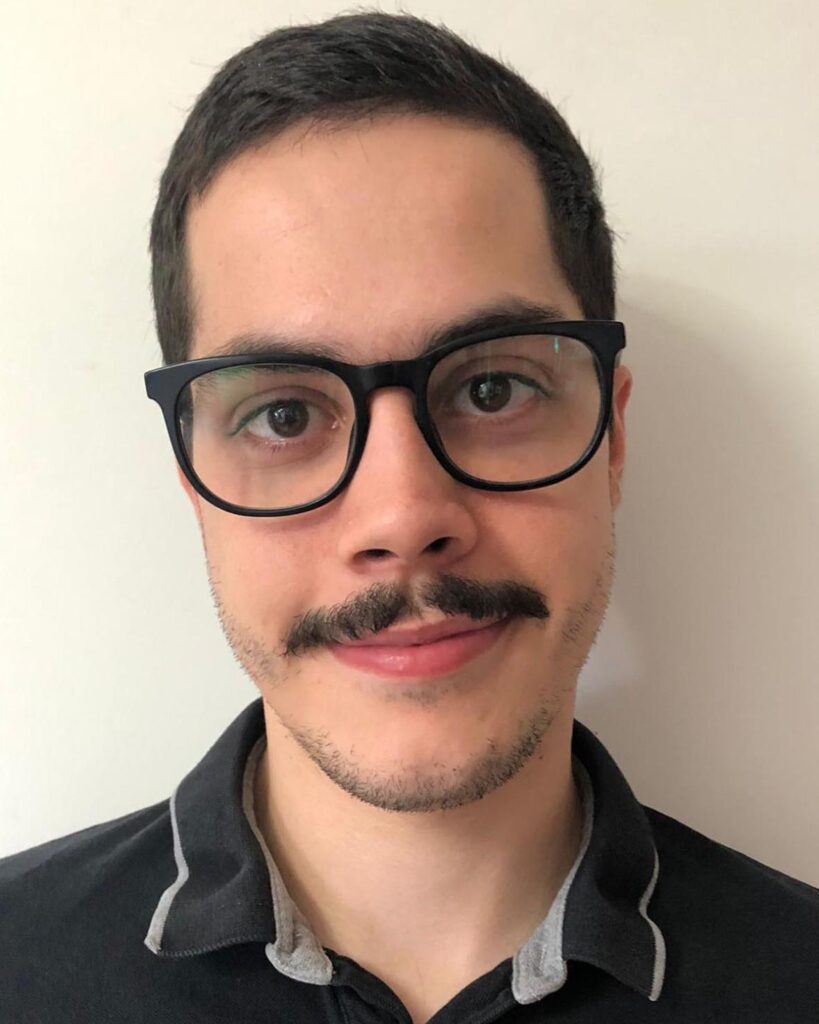
Fileto Rodriguez
Vrije Universiteit Brussel, Belgium
Postet title: TBA

Rafał Stottko
Wrocław University of Science and Technology,Poland
Procedure to indicate stable CuNi clusters based on machine learning methods
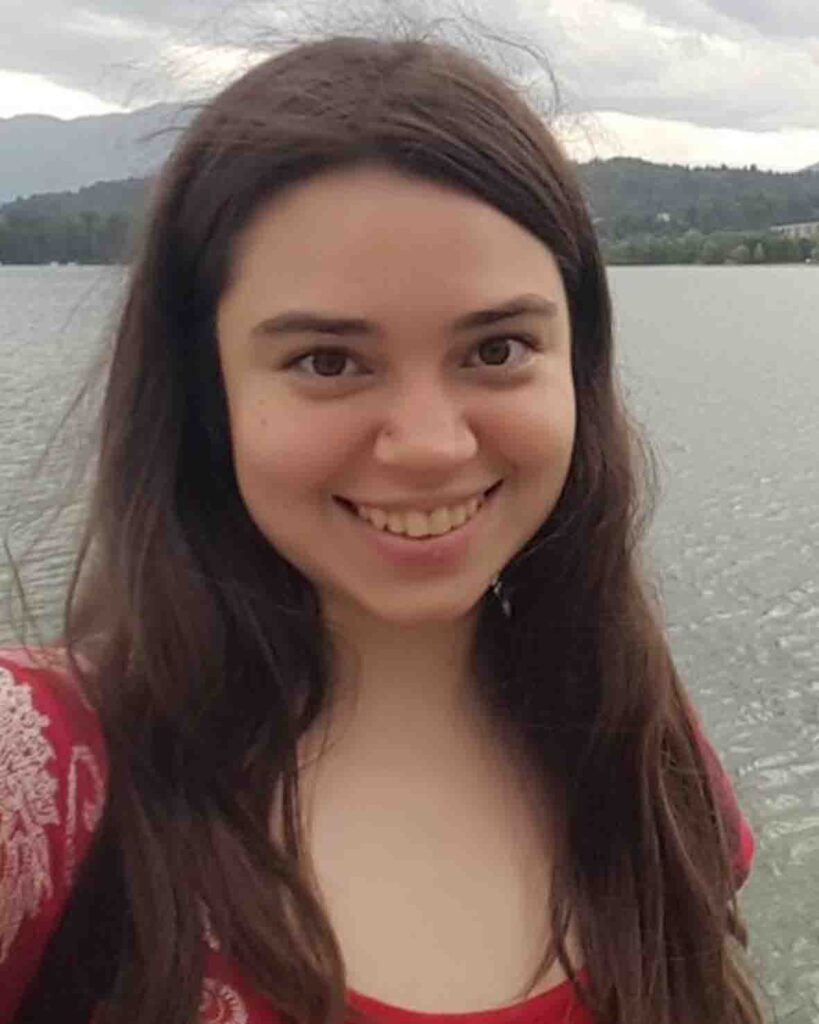
María Orfila Del Hoyo
King Juan Carlos University, Spain
Macroscopic shaping of mixed metal oxides for thermochemical hydrogen production
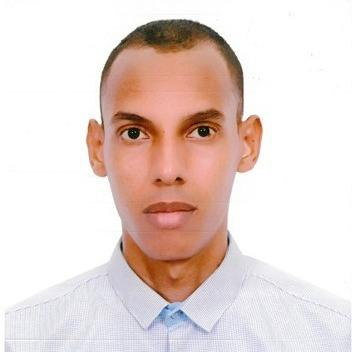
Ali Moussadik
Vrije Universiteit Brussel, Belgium
Effects of W/Mo co-doping on the photoelectrochemical properties of BiVO4 photoanodes for solar water splitting: A density functional theory study
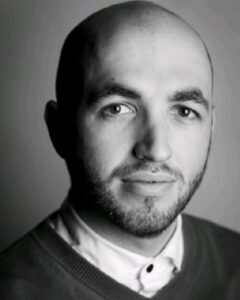
Loic Dumortier
Gent University, Belgium
BalancedLoss: A Weightless Cost-Function for ReaxFF Optimization
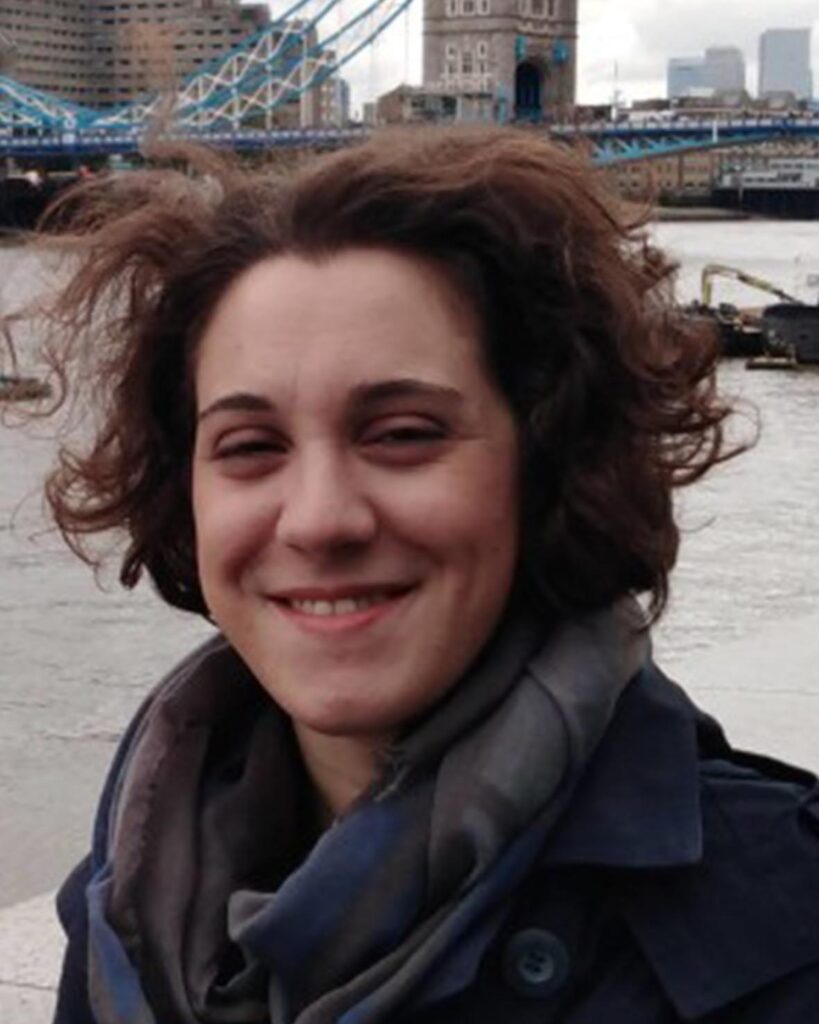
Eleonora Romeo
University of Barcelona, Spain
Electrochemical symmetry in the oxygen evolution reaction
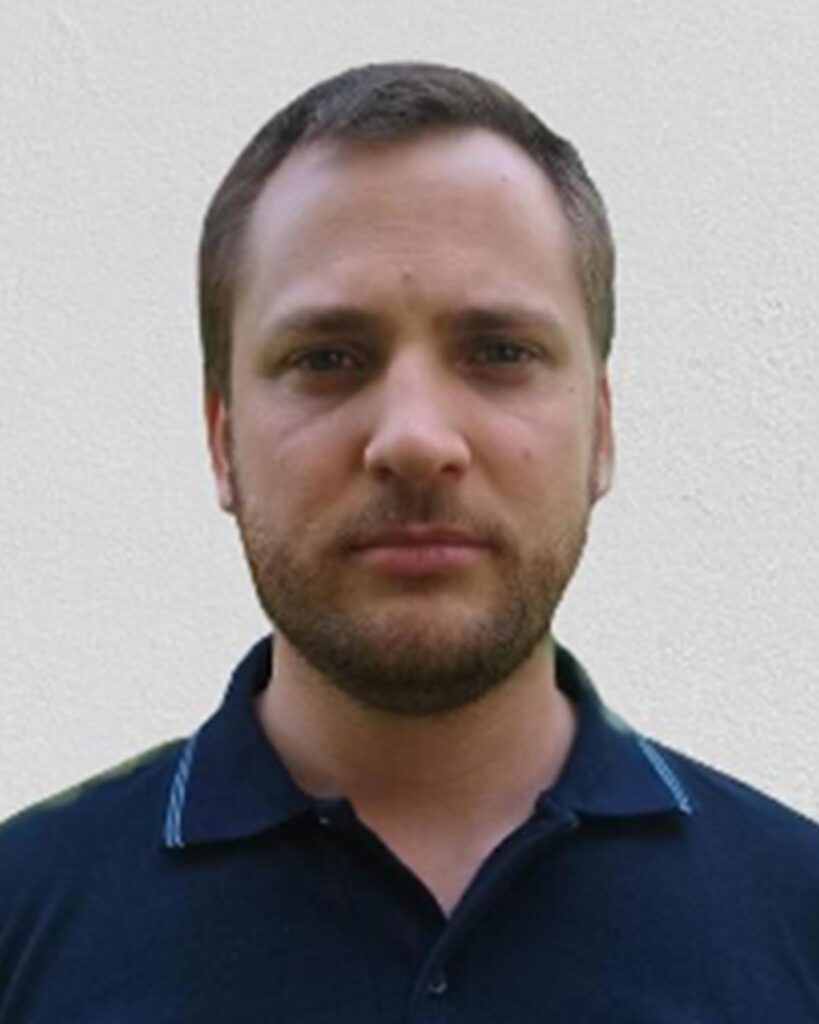
Jose Luis Nunez
Vrije Universiteit Brussel, Belgium
DFT Studies of H2O dissociation on Iridium Oxide-modified CNTs.
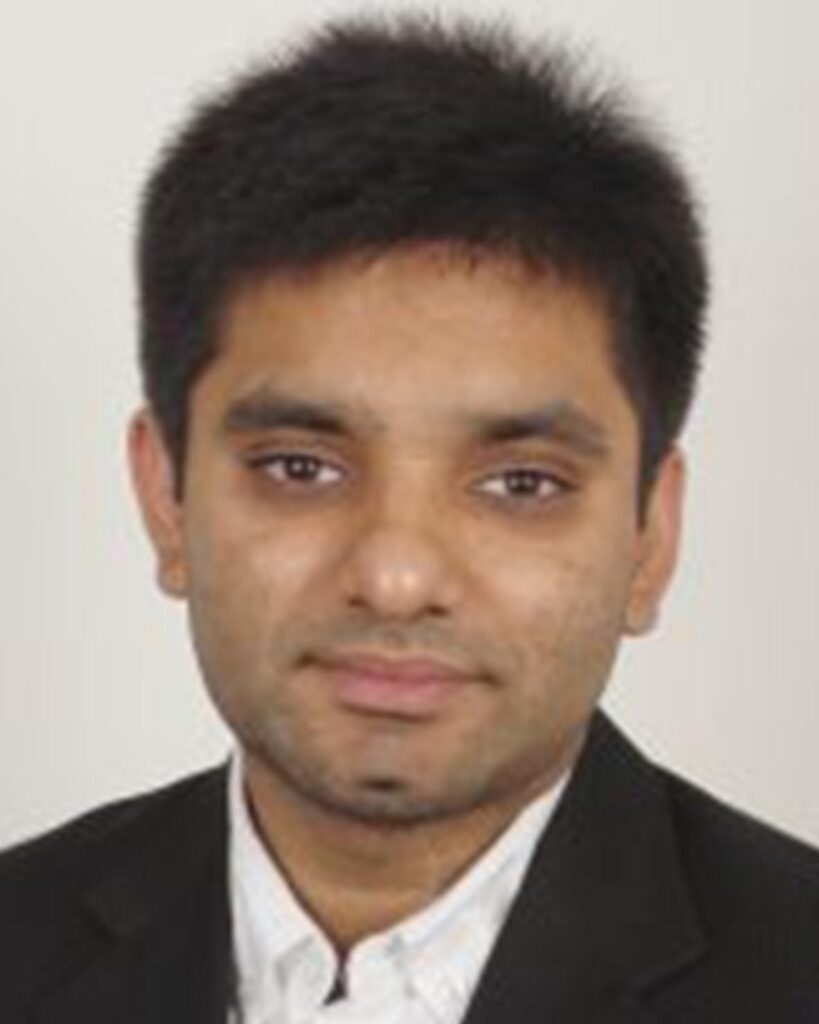
Samad Razzaq
University Duisburg-Essen, Germany
Method to determine bifunctional index of the oxygen electrocatalysis
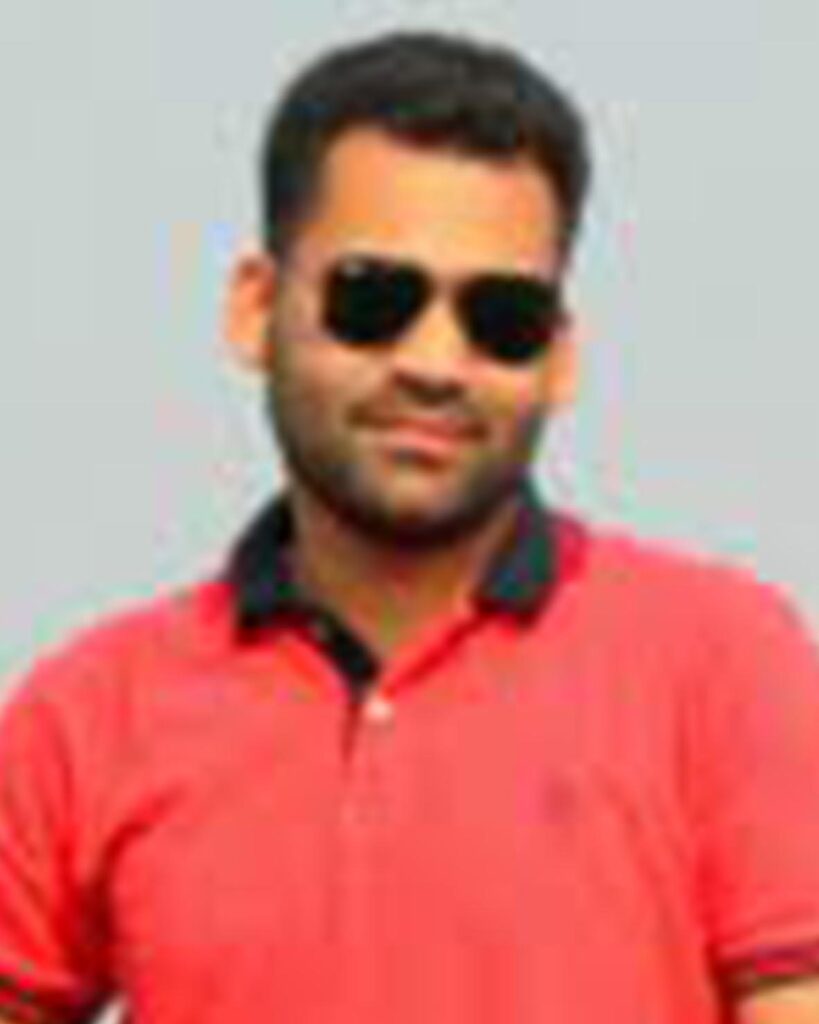
Vipin Kumar
Tel Aviv University, Israel
Oxygen reduction reaction on pristine and N-doped nanosheet comparison study by implicit and explicit solvent model
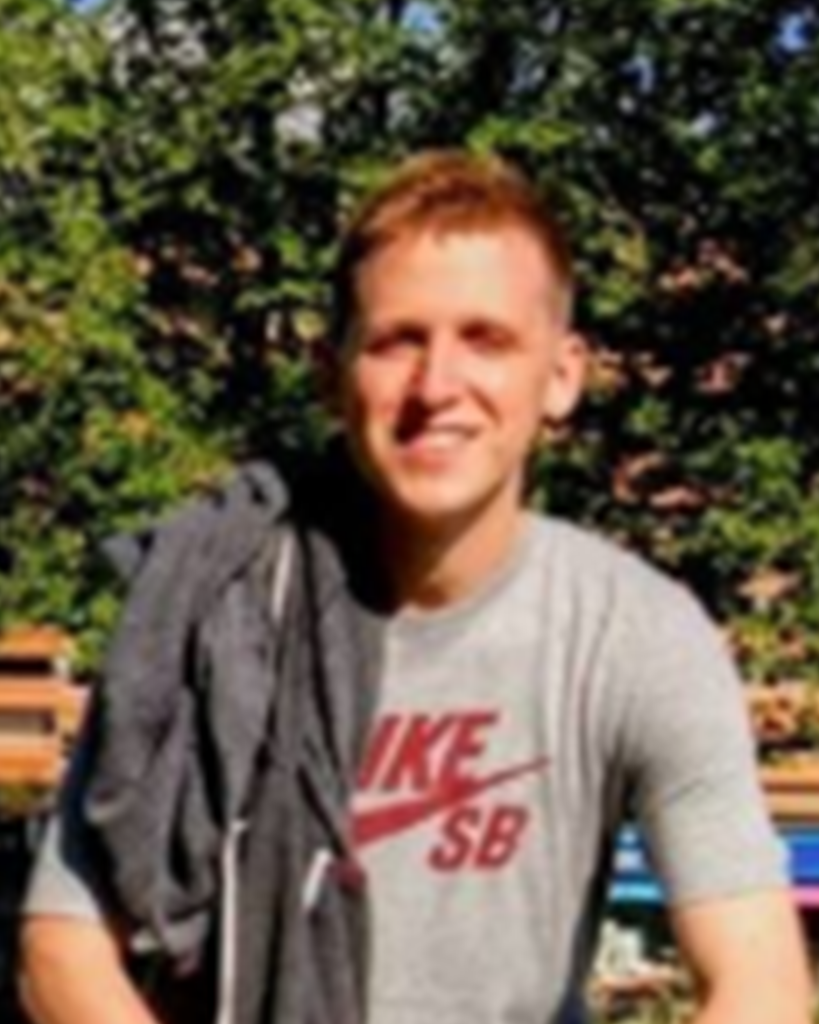
Miguel Recio
University of Barcelona, Spain
Crystal properties without crystallinity? Influence of surface hydroxylation on the structure and properties of small TiO2 nanoparticles
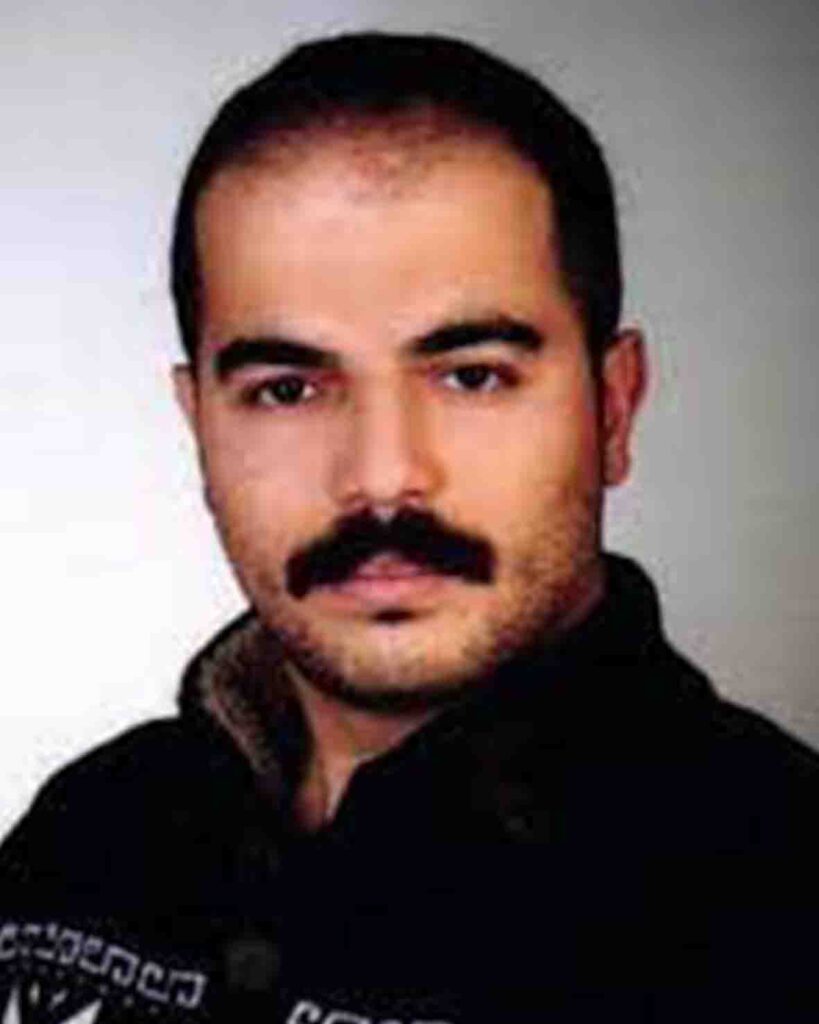
Ali Emre Genç
Gazi University, Turkey
Catch the Heat!
Location
HOEK 38
Leuvenseweg 38
1000 Brussel
+32-2-512 91 10
Auditorium Room
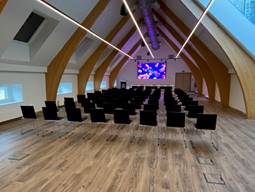
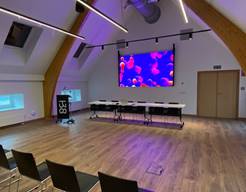
Directions
- From the airport: Train to Brussels: Central Station
- By train: Brussels, Central Station. From the Central Station it’s only a 5 minute walk to the FWO.
- By metro (MIVB): Metrostation Central Station or Park
- From Station Brussels North: metro Rogier, line 2 or 6 direction Koning Boudewijn or Simonis (Leopold II) until Park, then line 1 (direction Weststation) (stop Central Station or Park)
- From station Brussels South: line 2 or 6 direction Simonis (Elisabeth), then line 1 (direction Weststation) (stop Central Station or Park)
- Parking: You can use the Indigo Parking Royal: de Lignestraat 27, 1000 Brussel (24/7)
Program
20th of February
Time
Speaker / Title
8:30 – 9:30
Registration and Opening Session (Ionut Tranca)
9:30 – 10:00
Maytal Caspary Toroker / TBA
10:00 – 10:30
Marc Koper / Mechanisms of electrochemical hydrogen evolution
10:30 – 10:45
Dorota Rutkowska Zbik / DFT Studies of Vanadium-based systems for electro- and photochemistry
10:45 – 11:00
Diana Bergmann / TBA
11:00 – 11:15
COFFEE BREAK
11:15 – 11:30
Xavier Solans Monfort / Supported Ru and RuO2@Ru nanoparticles for electrocatalytic hydrogen evolution: structural and electronic effects on their catalytic activity
11:30 – 11:45
Peter Vancso / Quasi-flat Pt nanoclusters on MoS2 for efficient hydrogen evolution
11:45 – 12:15
Jose Gomes / Chemical reactions at the surface of MXenes
12:15 – 13:45
LIGHT LUNCH (13:15 – 13:45 COST Core Group meeting)
13:45 – 14:15
Monica Calatayud / Hydrogen and TiO2: surface or subsurface
14:15 – 14:45
Konstantin Neyman / Surprising oxidation of platinum in subnano-state: Insights from catalytic experiments and DFT modelling
14:45 – 15:15
Gianfranco Pacchioni / DFT modelling of electrocatalysis by single-atoms: handle with care
15:15 – 15:30
COFFEE BREAK
15:30 – 15:45
Giovanni di Liberto / Role of Superoxo and Peroxo Complexes in the Oxygen Evolution Reaction on Single-Atom Catalysts
15:45 – 16:00
Leonhard Mayrhofer / DFT investigations of interfacial contact charge separation
16:00 – 16:15
Isabela Man / Effect of surface protonation of TiO2 (101) / (100) anatase surfaces on water splitting overpotentials
16:15 – 16:30
Bartłomiej Szyja / Active sites and mechanism of water splitting on mixed oxides from DFT level MD simulations
16:30 – 18:00
COST MC (Management Committee) meeting
21th of February
Time
Speaker / Title
9:00 – 9:30
Remo Schäppi / Fuel from sunlight and air – demonstration of the thermochemical pathway
9:30 – 10:00
Wojciech Lipiński (online) / Mixed metal oxides for enhanced solar fuel production via thermochemical redox cycling
10:00 – 10:30
Raul Molina Gil / Macroscopic structures of non-stoichiometric mixed oxides for hydrogen production by low temperature thermochemical water splitting
10:30 – 10:45
COFFEE BREAK
10:45 – 11:00
Veera Pandian Ponnuchamy (online) / ReaxFF study of dehydration mechanism of surface doped salt hydrates for thermochemical heat storage
11:00 – 11:30
Martin Roeb / Status and Trends in Solar Thermochemical Fuel Generation
11:30 – 12:00
PHOTOSESSION
12:00 – 13:00
LIGHT LUNCH
13:00 – 13:30
Eugene Kotomin / The perovskite band engineering for photostimulated water splitting
13:30 – 14:00
Said Hamad Gomez / Tuning the properties of photocatalytic ZIFs: mixing and nucleation
14:00 – 14:30
Ricardo Grau-Crespo / Spinel oxides for photocatalysis: DFT modelling and experimental characterization
14:30 – 14:45
Yuri Mastrikov / Water splitting on stepped STO surface
14:45 – 15:00
Veera Krasnenko / Ab Initio Calculations of the Raman Spectra of Thin Strontium Titanate Films
15:00 – 15:15
Stanislav Záliš / Modelling of excited-state dynamics of Re photo-sensitizer
15:15 – 15:30
COFFEE BREAK
15:30 – 17:30
POSTER SESSION
22th of February
Time
Speaker / Title
9:00 – 9:30
Florian Libisch / Machine learning for ab-initio defect parametrization
9:30 – 10:00
Matthijs van Berkel / Microkinetic modeling from a systems and control perspective
10:00 – 10:45
COFFEE BREAK
10:45 – 11:05
Fedor Goumans / Parametrizing DFTB, ReaxFF, and machine learned potentials with ParAMS
11:05 – 11:20
Sean Pachmanov-Dvir / TBA
11:20 – 11:50
Toon Verstraelen / Physical constraints on polarization and charge transport in machine-learning potentials.
11:50 – 13:00
LIGHT LUNCH
13:00 – 13:30
Francesc Illas / Modeling and understanding hydroxylation of TiO2 nanoparticles: One more step towards approaching realistic systems
13:30 – 14:00
Kai Exner / Theoretical Description of Energy Storage and Conversion Processes
14:00 – 14:30
Bryan Goldsmith (online) / Interpretable “transparent box” machine learning to understand materials and catalytic properties
14:30 – 14:45
Hannu-Pekka Komsa (online) / Machine-learning force fields and polarizability models for Raman spectra of complex systems
14:45 – 15:00
COFFEE BREAK
15:00 – 15:30
Uğur Bozkaya / Molecular Fragmentation Approaches for Electron Correlation Methods
15:30 – 16:00
Shyue Ping Ong (online) / The Materials 3-body Graph Network (M3GNet) Universal Potential for Materials Design
16:00 – 16:30
Jim Lutsko / Understanding crystallization pathways using classical DFT
16:30 – 16:45
Vesselin Tonchev (online) / Studying crystallization between 2 and 3D: Cellular Automata vs. analytical model
16:45 – 17:15
Closing remarks (Frederik Tielens)
Ionut Tranca
Frederik Tielens
Aleksandr Shkatulov
Diana Bergmann
e-mail address:
Maytal Caspary Toroker
Michele Pavone
Anja Bieberle-Hütter
Sofia Calero
Nicolae Goga
José R. B. Gomes
Francesc Illas
Eugene Kotomin
Florian Libisch
Tomasz Wesolowski
Technion – Israel Institute of Technology, Israel
University of Naples Federico II, Italy
Dutch Institute for Fundamental Energy Research, Netherlands
Universidad Pablo de Olavide, Spain
Polytechnic of Bucharest, Romania
University of Aveiro, Portugal
University of Barcelona, Spain
University of Latvia, Latvia
Vienna University of Technology, Austria
University of Geneva, Switzerland
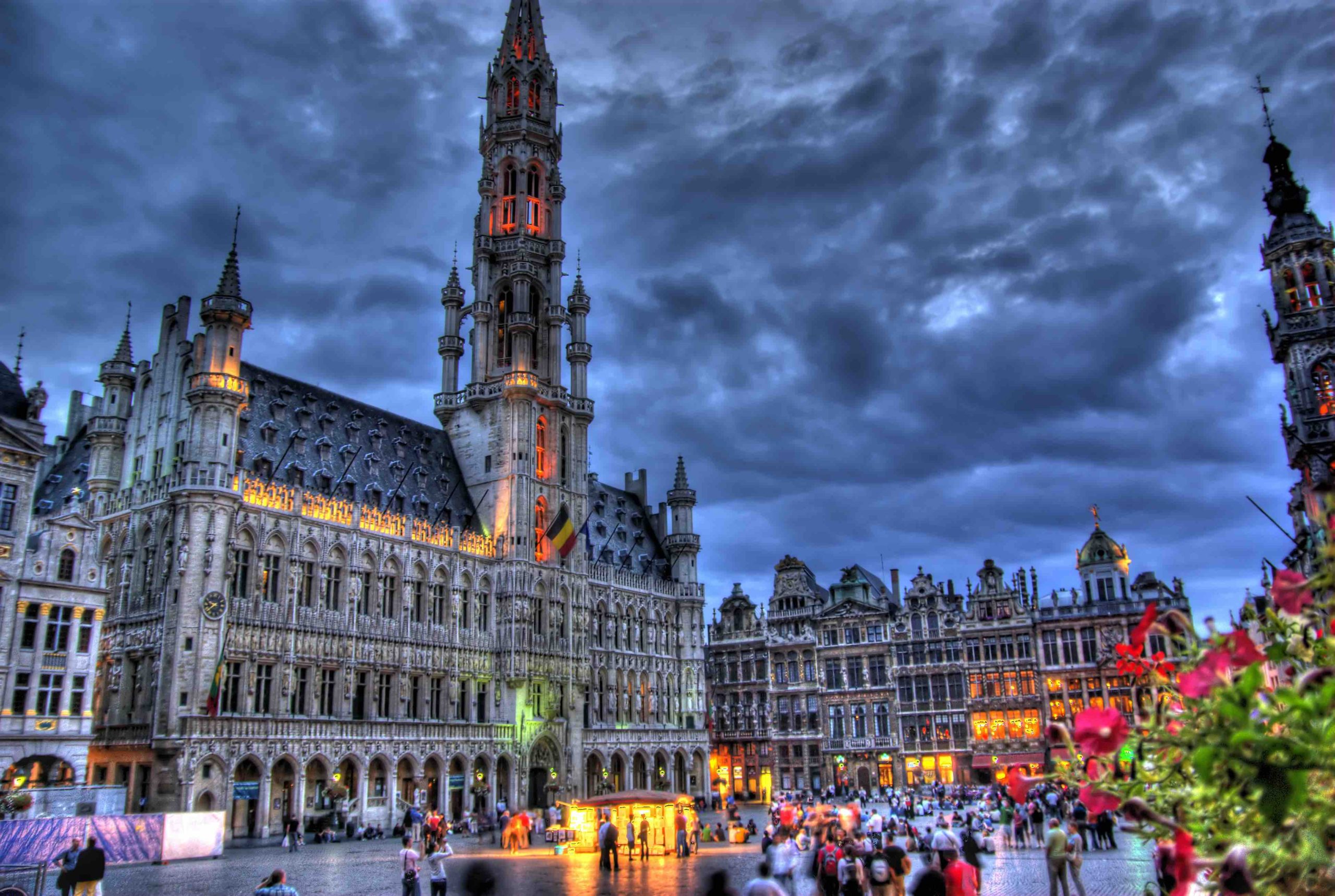
Brussels Town Hall
In the heart of the majestic Grand-Place, the political, administrative, and public importance of this historical building, coupled with its stunning architecture, make it an imposing sight to behold. The Brussels Town Hall, with its emblematic inner rooms, serves as a marvelous example of 15th and 19th century heritage.
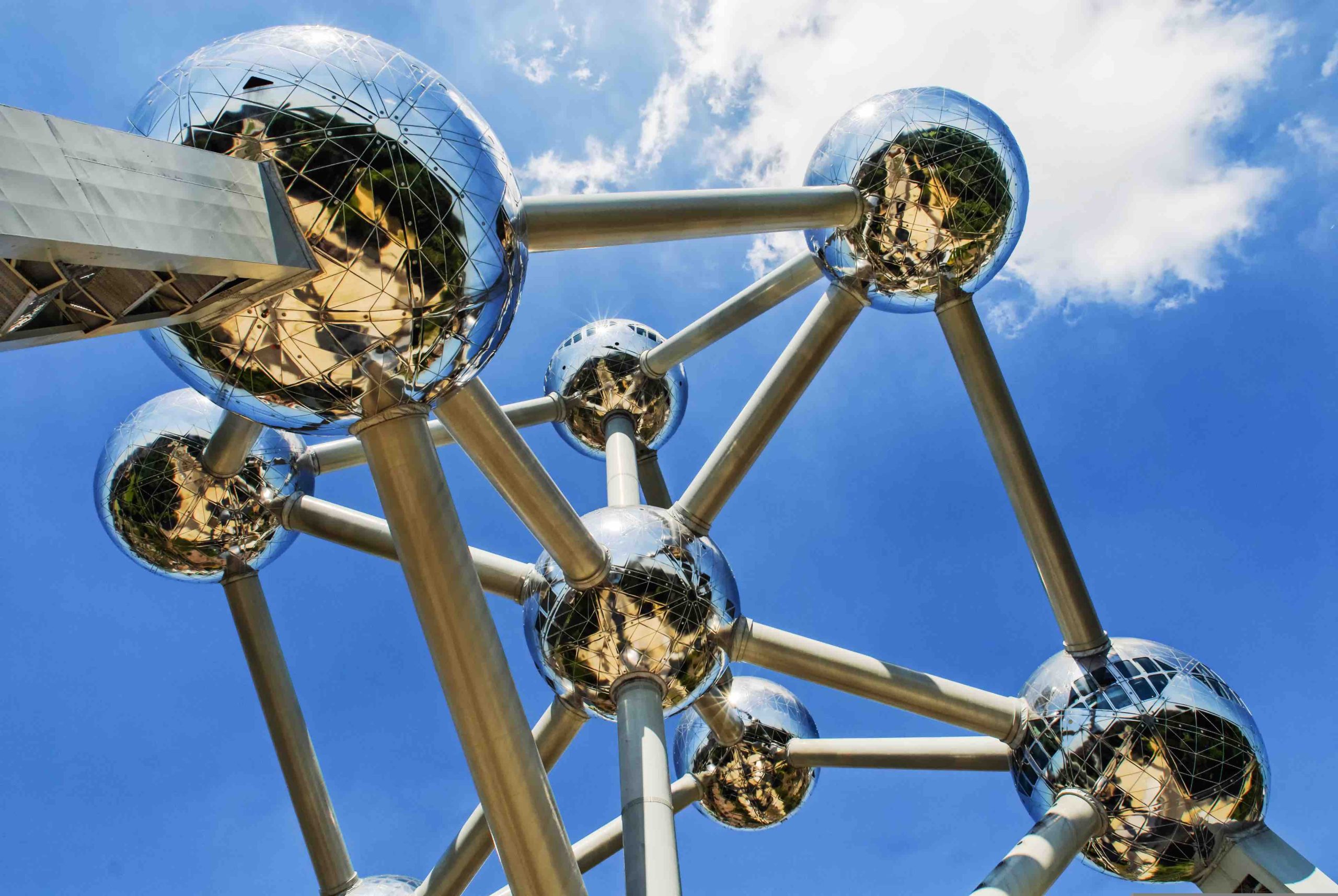
Atomium
An unmistakable symbol of Brussels and Belgium and a unique feat in the history of architecture: today, the Atomium is the most popular attraction in the capital of Europe. Built for the 1958 World’s Fair, it is a model of a crystalline iron molecule magnified 165 billion times. The upper sphere offers unique, spectacular views of Brussels.
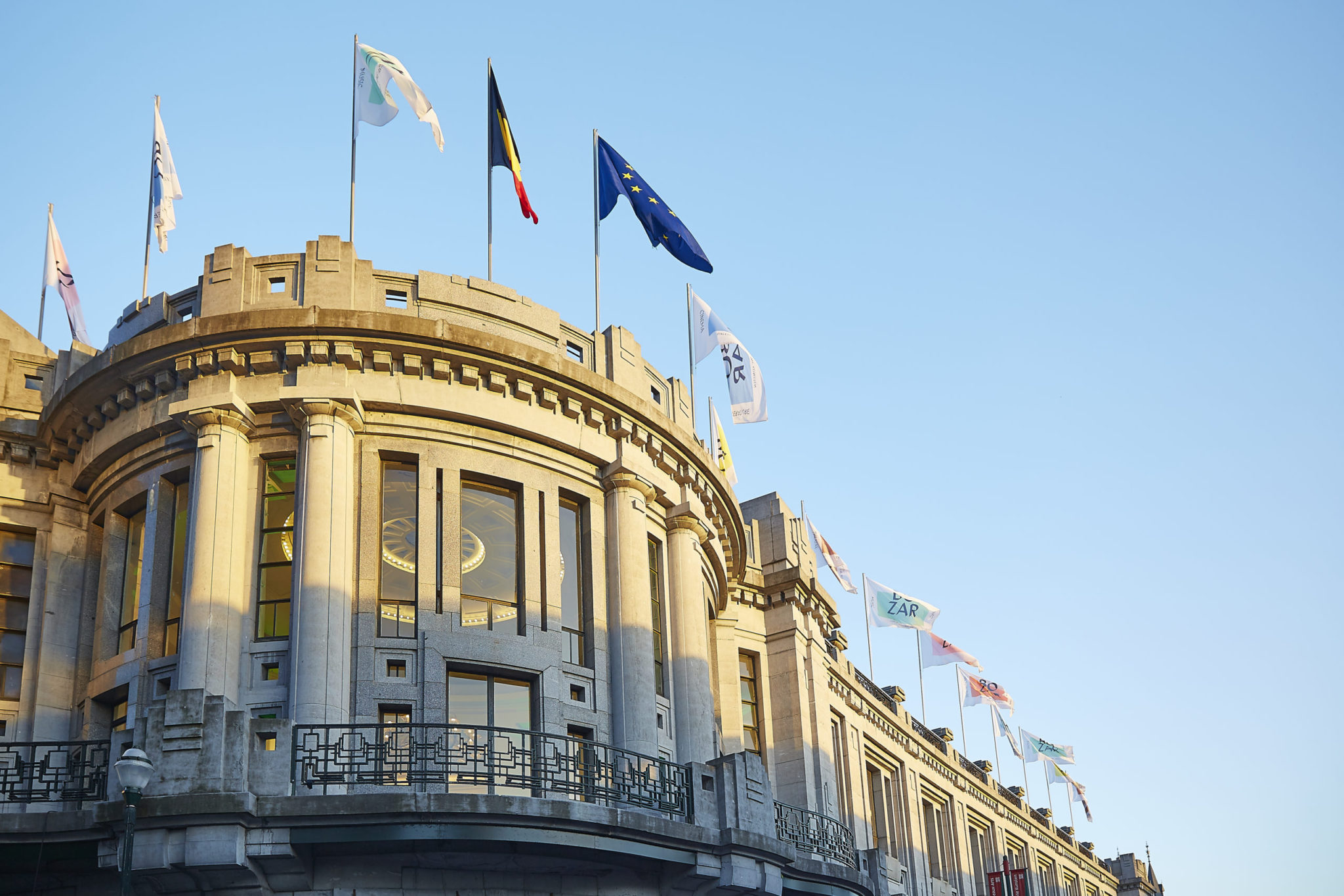
BOZAR
Erected in 1928 by architect and Art Nouveau master Victor Horta, BOZAR is a centre of cultural and artistic life, with a variety of exhibitions, concerts, and events. A full renovation of the interior restored the original appearance of the building. Organized tours allow visitors to discover parts of the building previously off limits to the public.
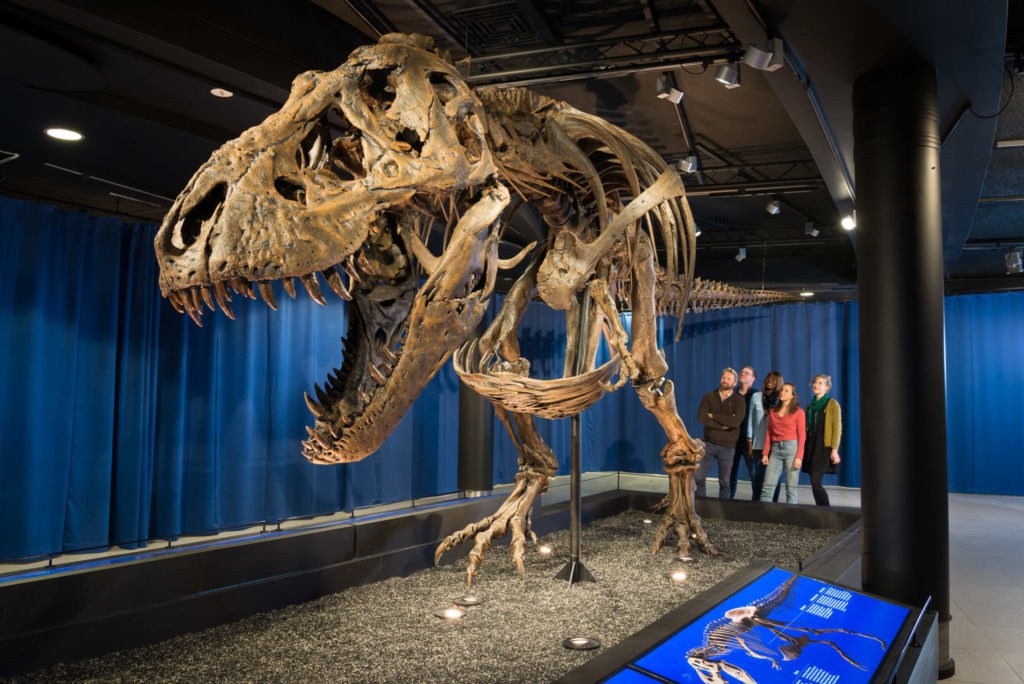
Natural Sciences Museum
Meet the famous Bernissart Iguanodons in the largest Dinosaur Gallery in Europe. Learn about the human body in the Gallery of Humankind and go back in time in the Gallery of Evolution. You can also find out about urban species in BiodiverCITY or discover specimens which illustrate the Museum’s history in the 250 years of Natural Sciences hall.
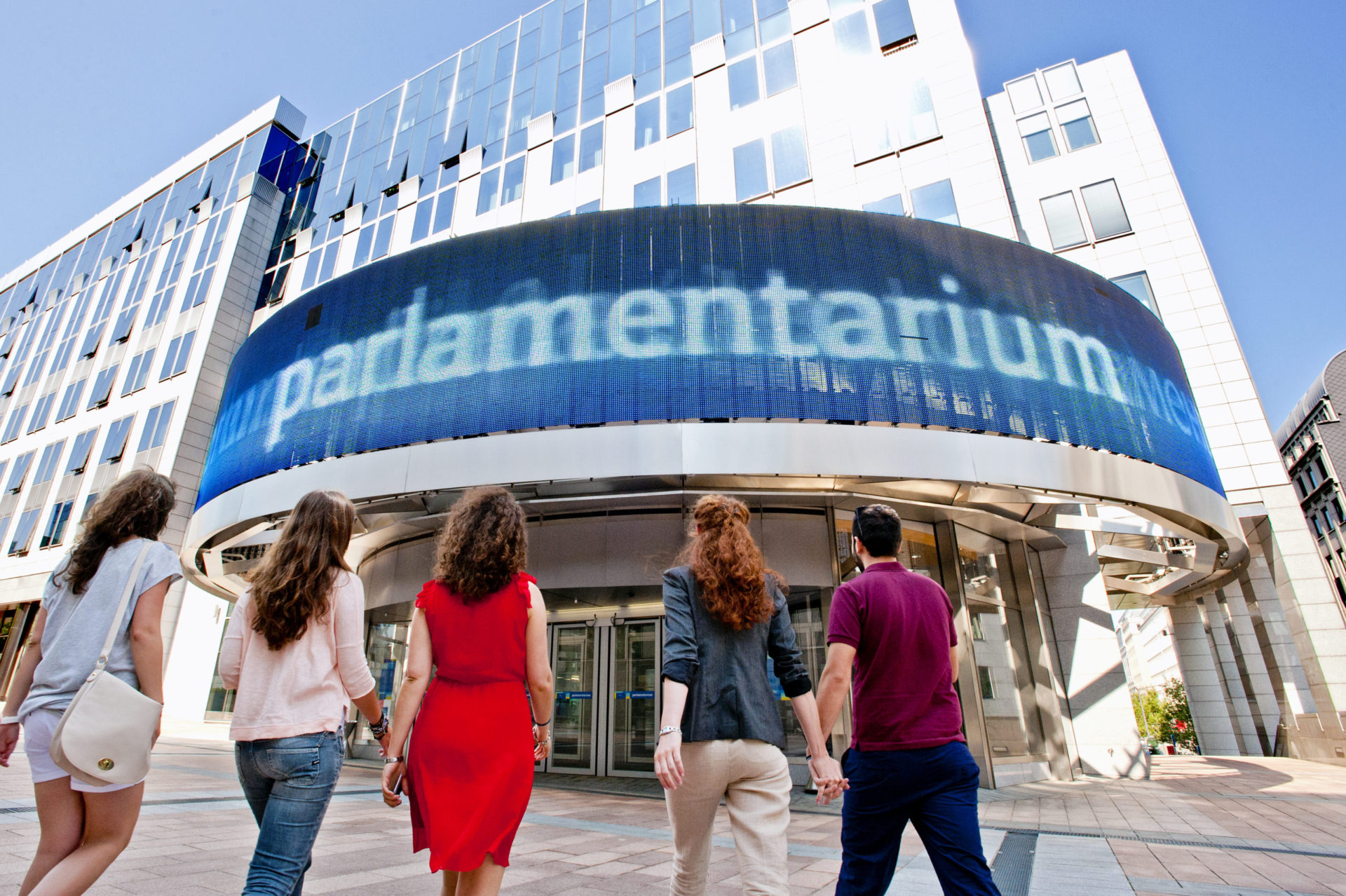
Parlamentarium
The world of the European Parliament can be discovered at the Parlamentarium. Start your tour with a journey through European history and integration. Take a seat in the cinema of the Parlamentarium and get a 360° view of Europe and of its Parliament. Discover how the Parliament works, how laws are made and why European politics matter.
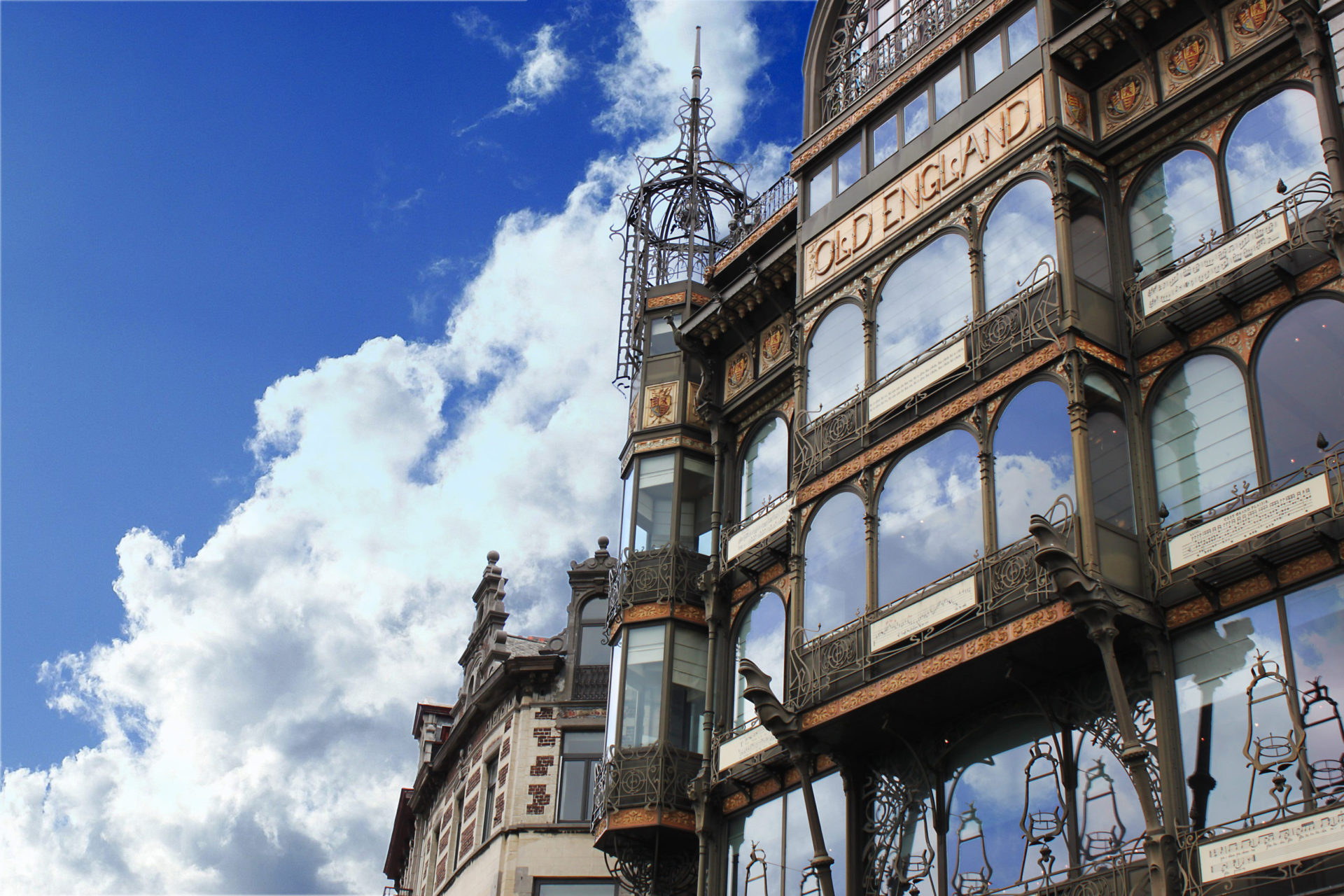
Art Nouveau
From 1890, the new generation of architects decided to break with the styles of the past, and their Art Nouveau gave the houses of Brussels a new look. Horta, Cauchie, Hankar, Blérot and others revolutionized construction by their use of iron, resulting in iconic buildings such as the Masion Autrique, the Horta Museum or the former “Old England” store.
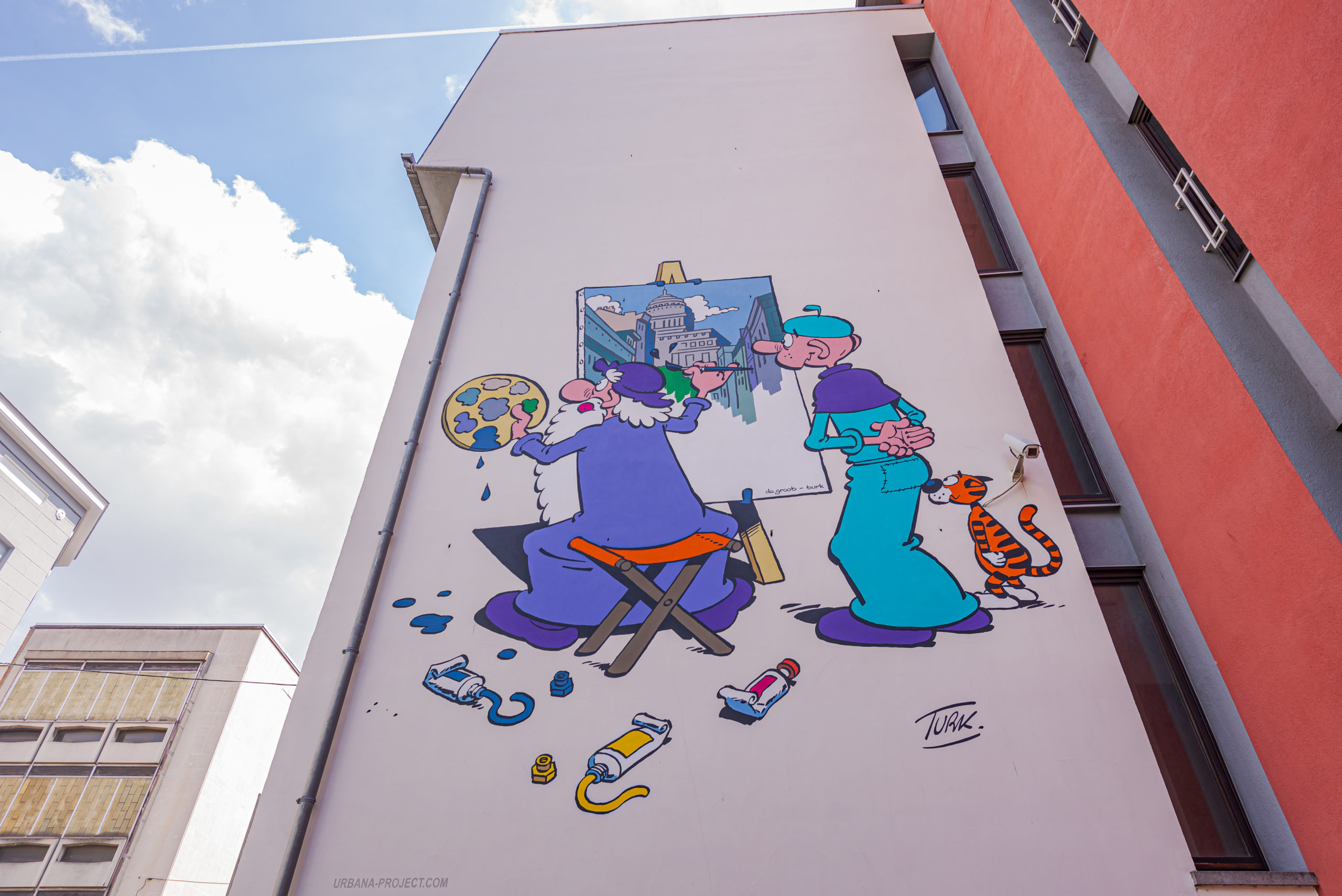
Comic Strips
Brussels is the place where many legendary comic book characters were born – Tintin, Spirou, Gaston Lagaffe, Marsupilami, and the Smurfs, to name a few. In Brussels they appear life-sized on the facades of buildings, tell their stories at the Comics Art Museum, and are exhibited and sold in a host of specialist bookshops and galleries.
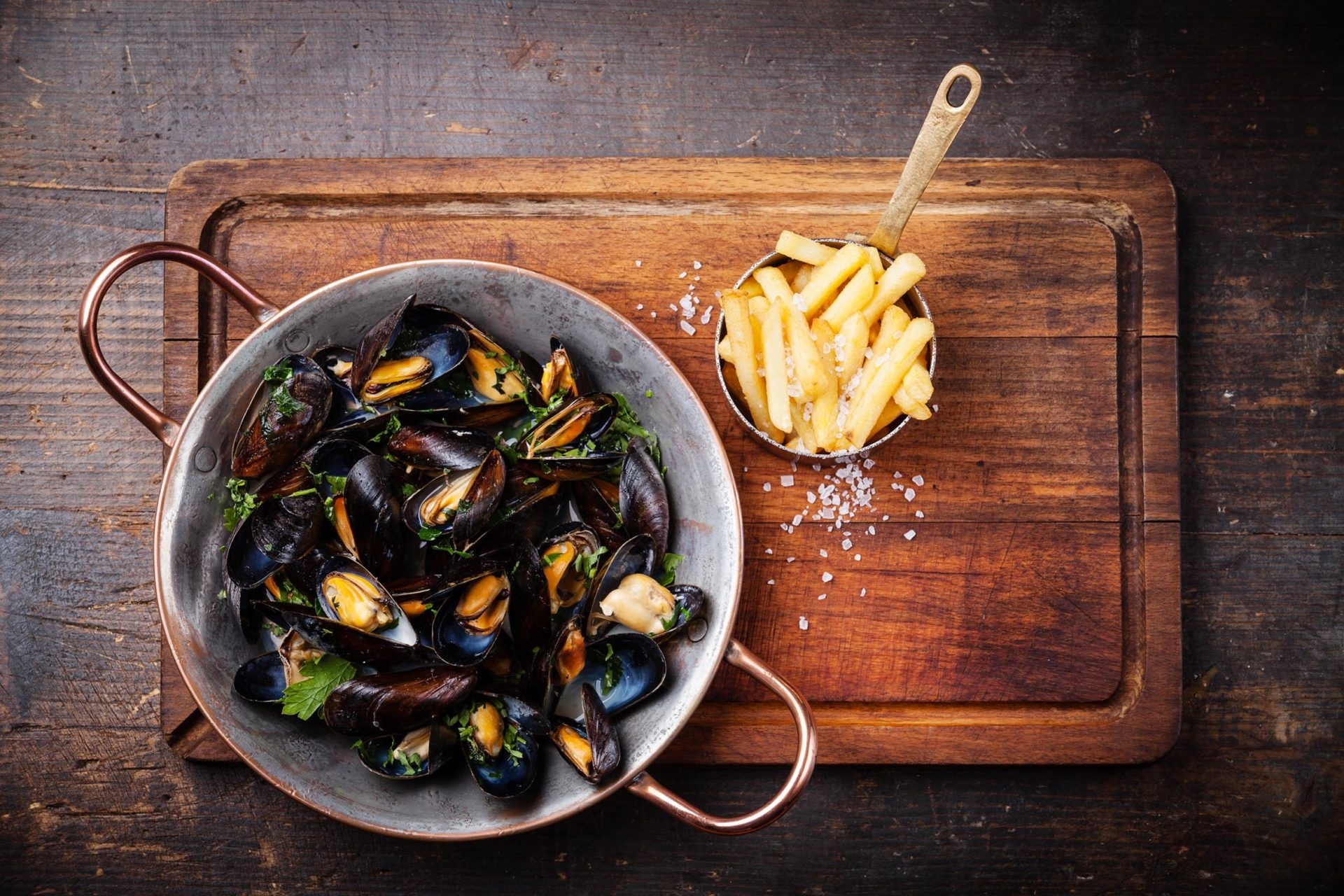
Gastronomy
Brussels gastronomy has a long history with deep-rooted traditions, quality produce and bold flavours. Among the many Belgian specialities, chocolate, beer and frites are long-standing favourite taste-sensations. The more than 2000 restaurants in Brussels serving the cuisines of different nations make it possible to discover the flavours of the world.
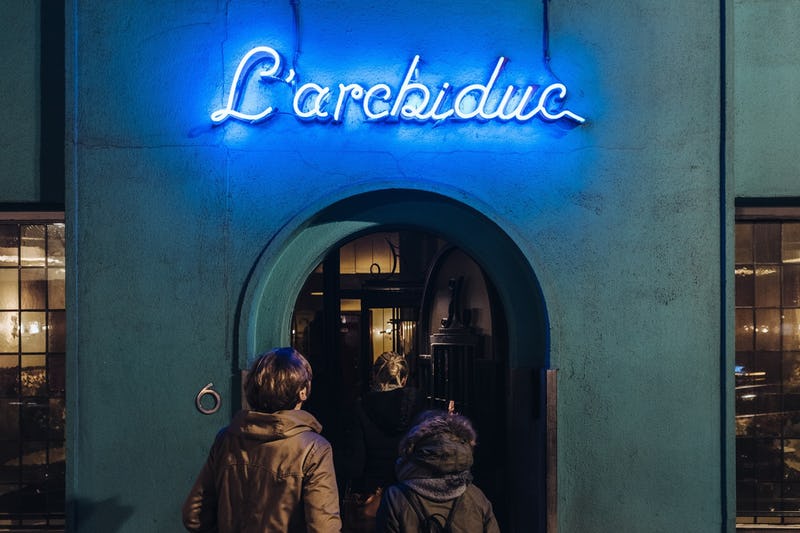
Jazz
The Alhambra, the Hot Club, Benny Goodman, Billie Holiday, Django Reinhardt – some of the great places and stars who have given Brussels an international reputation. These days, emblematic jazz places, such as Jazz Station, the Music Village, Sounds Jazz Club and the Archiduc, still give pride of place to jazz, which is still very much alive and well.
